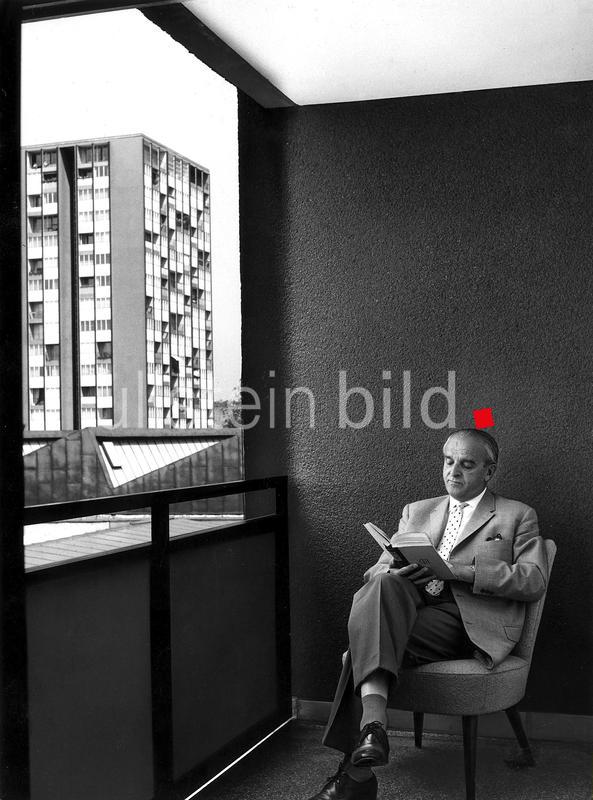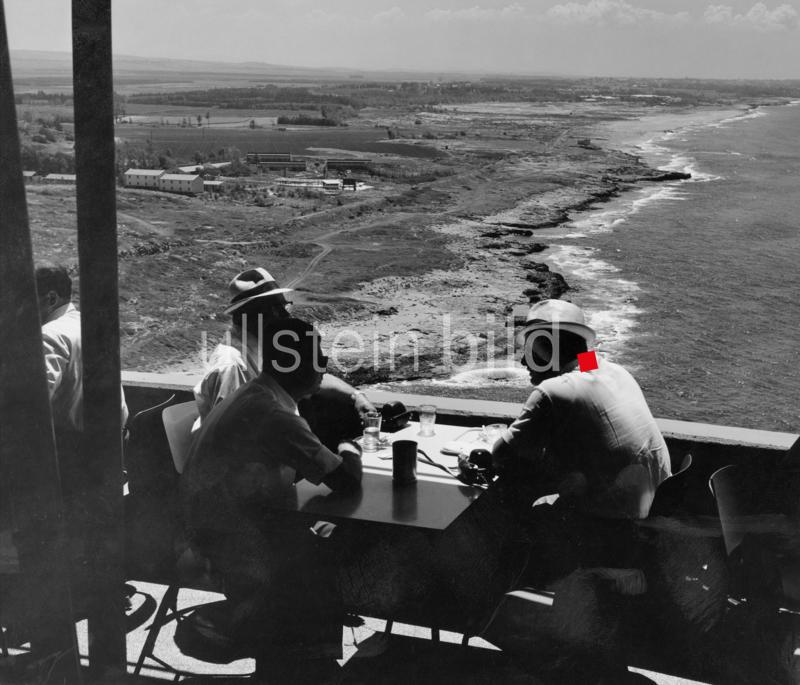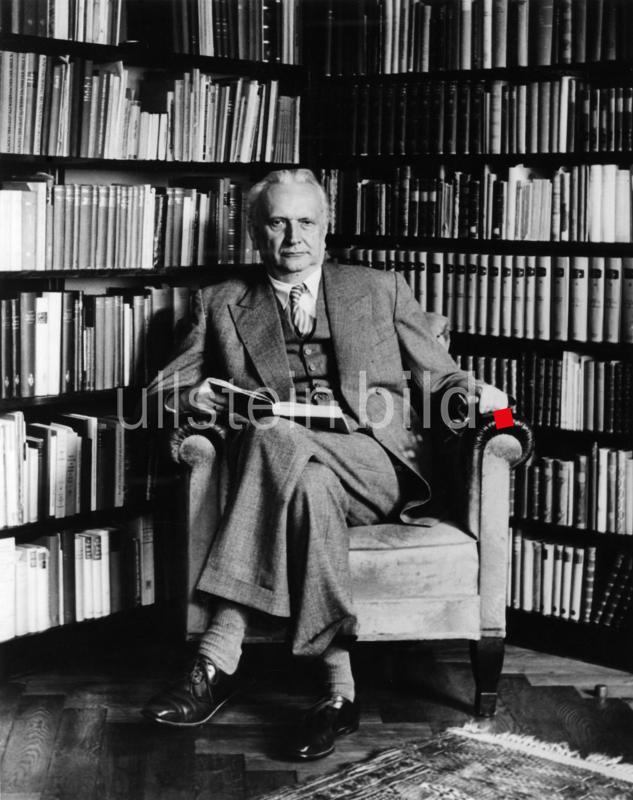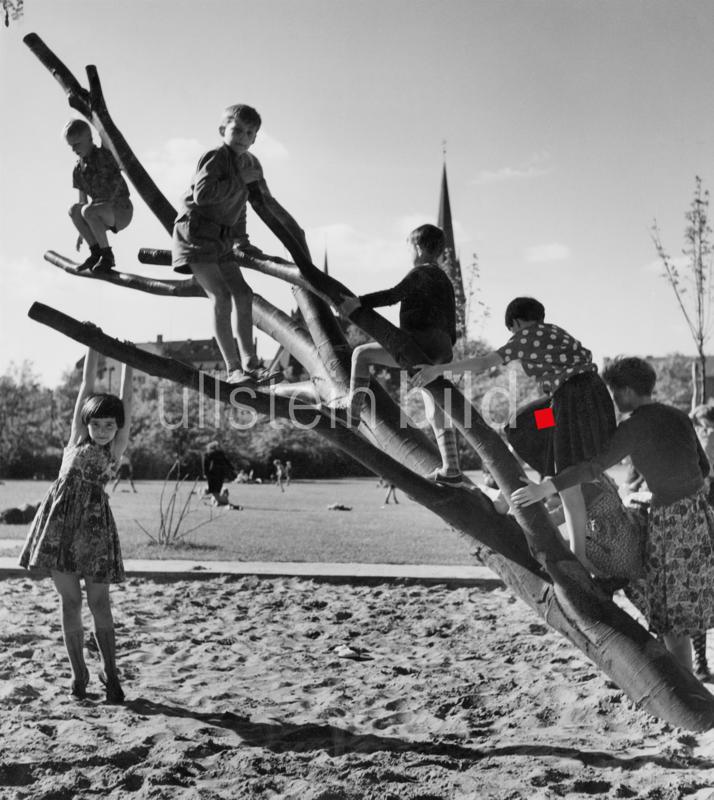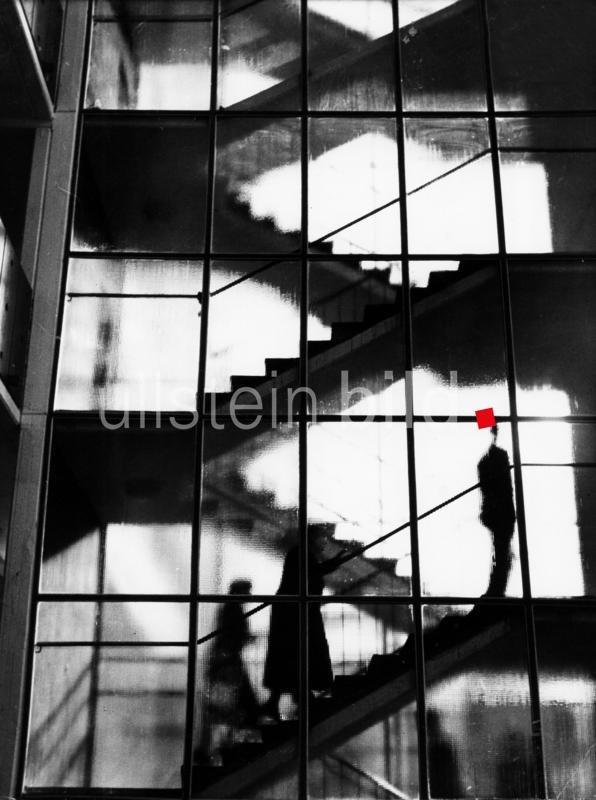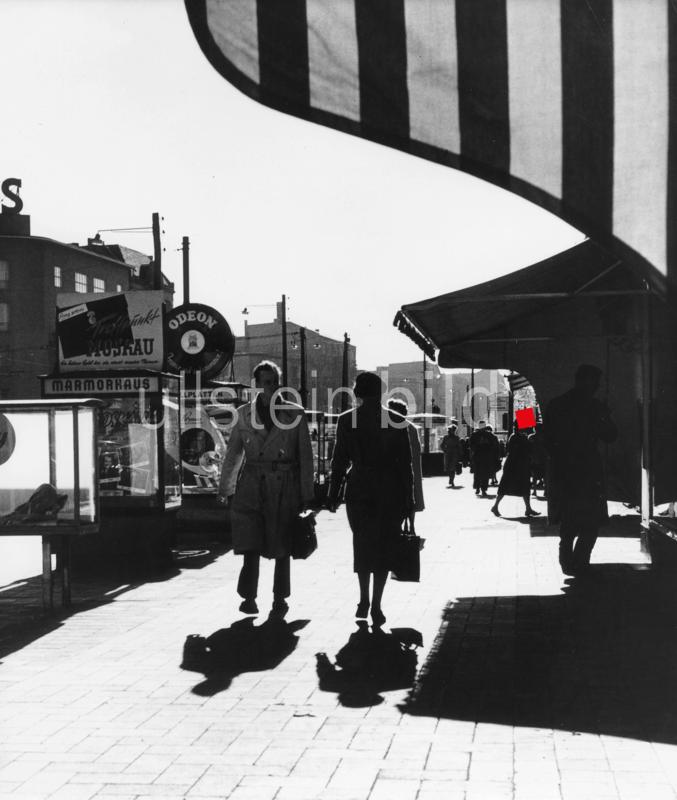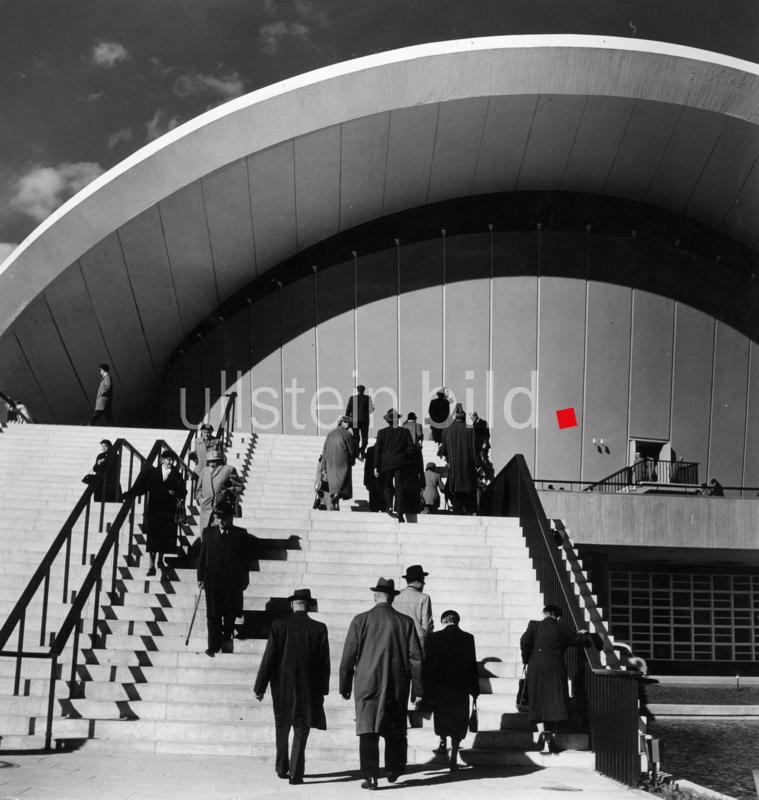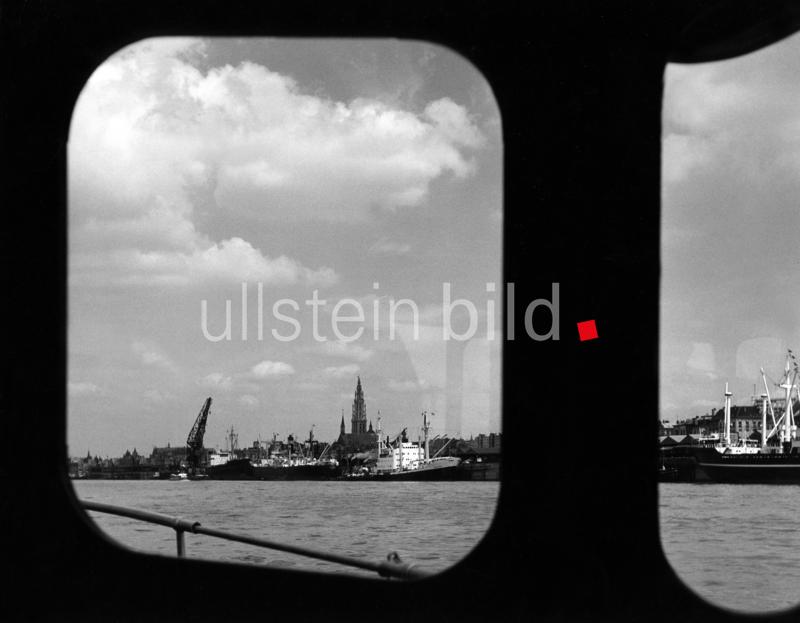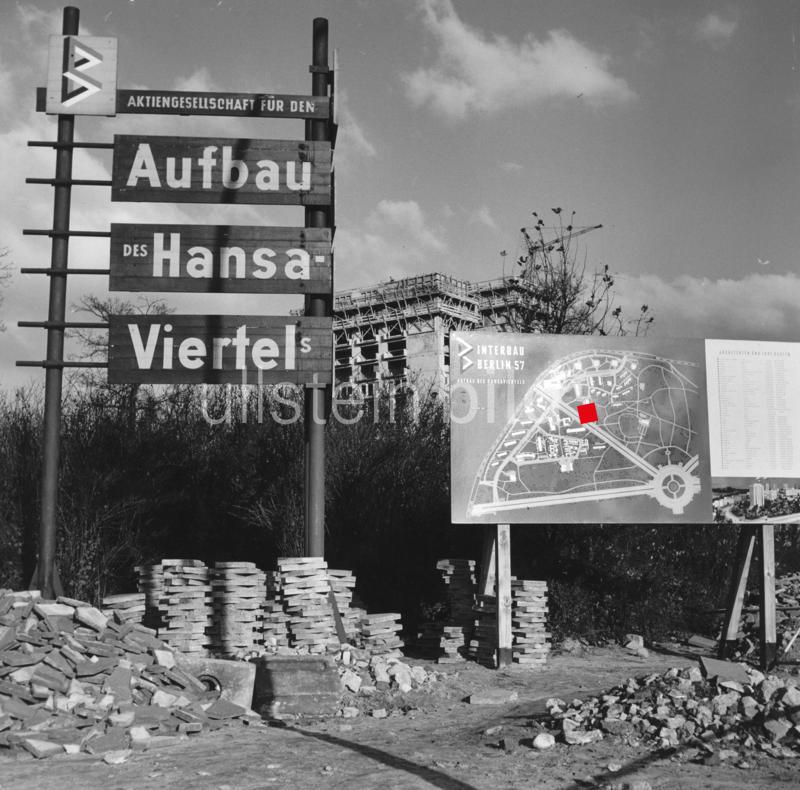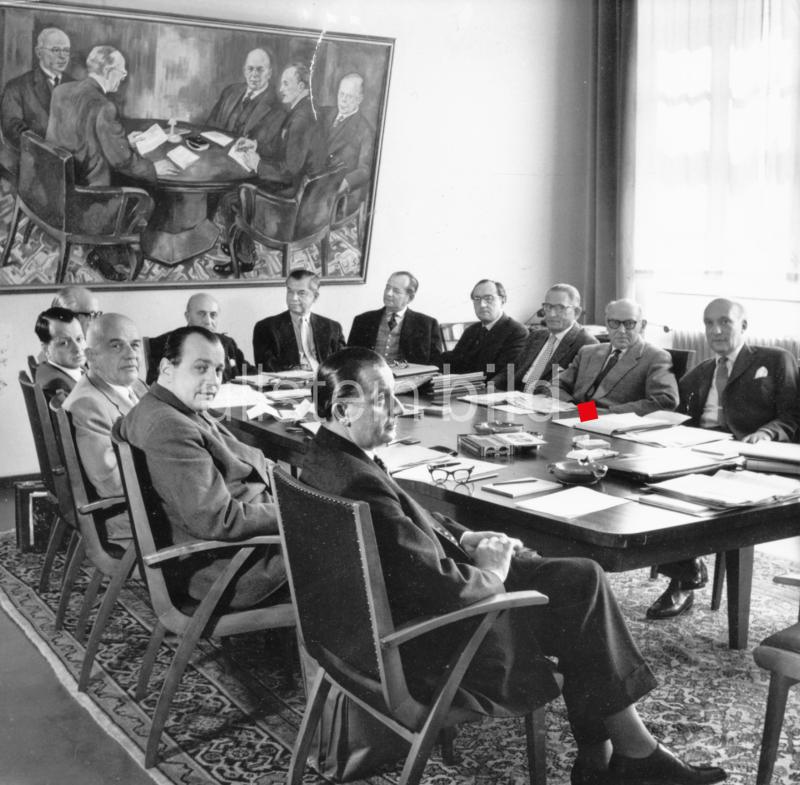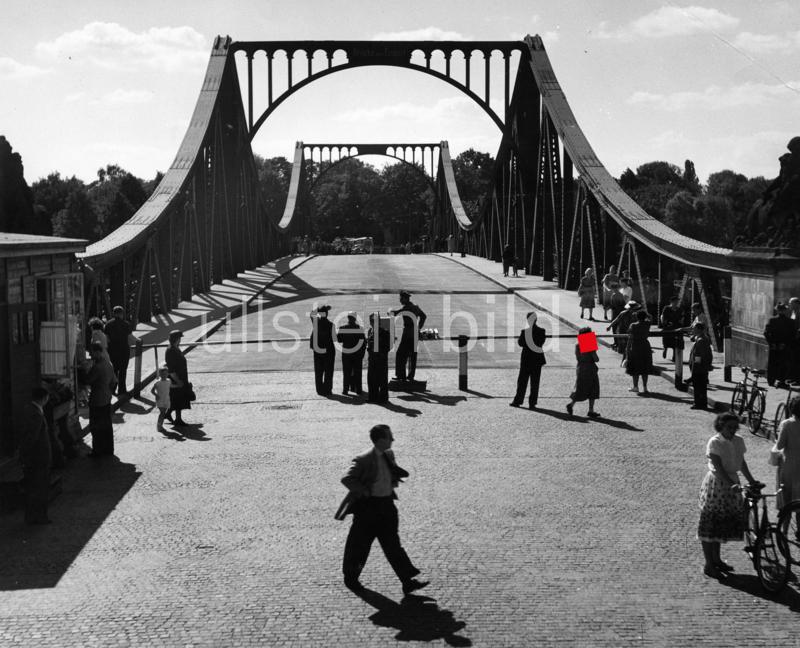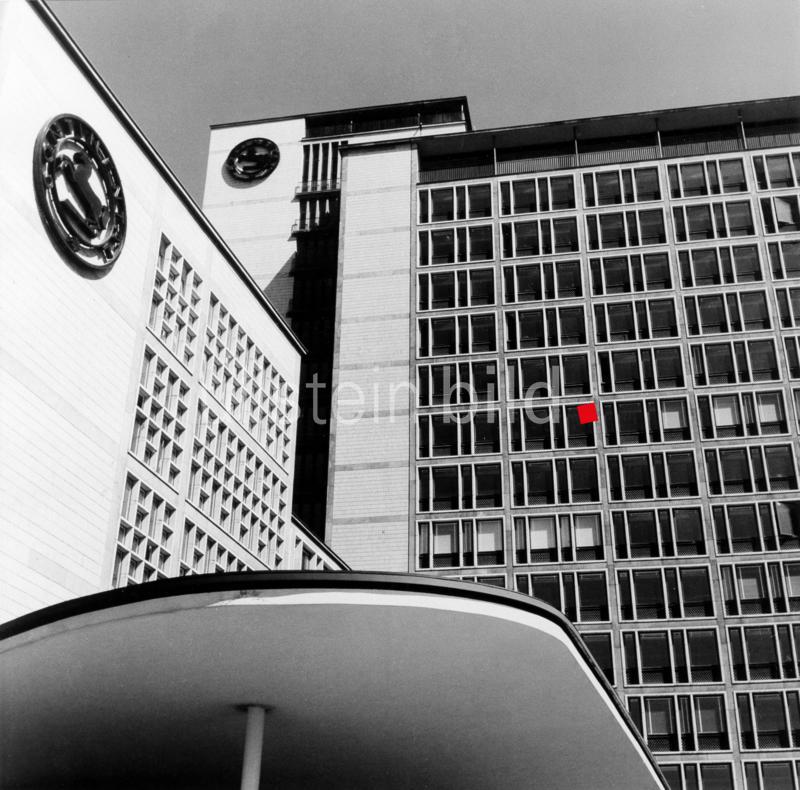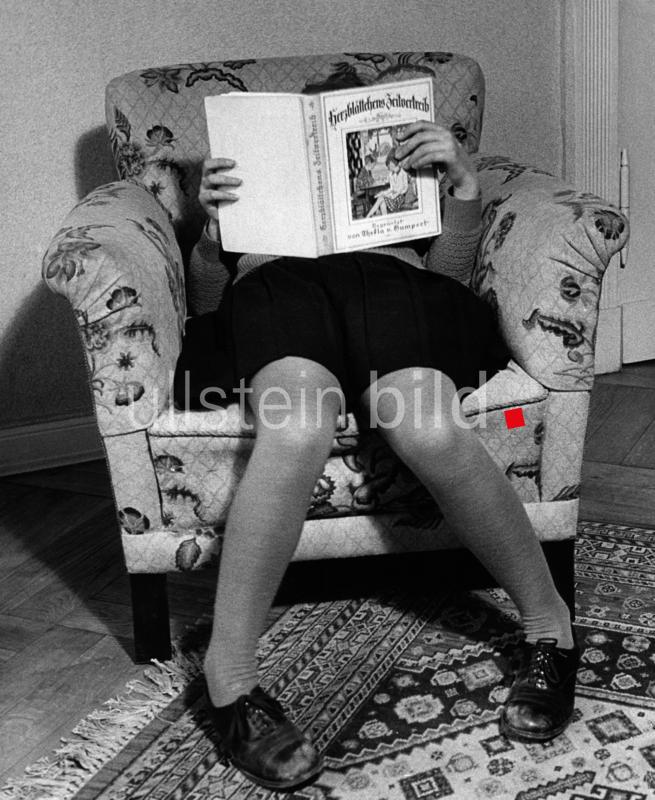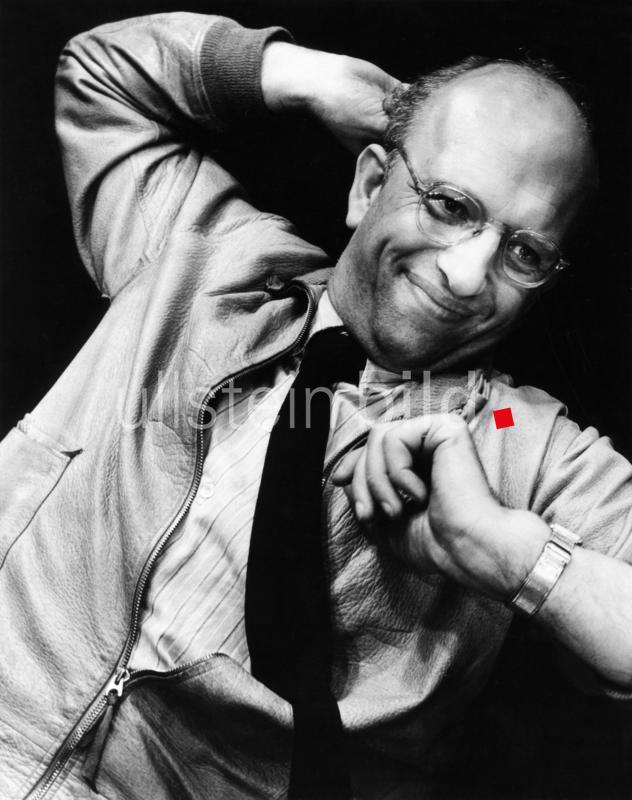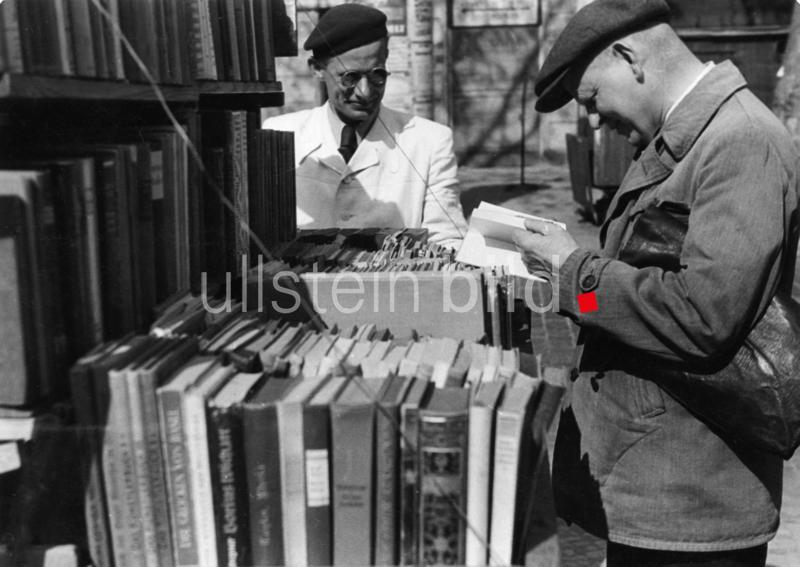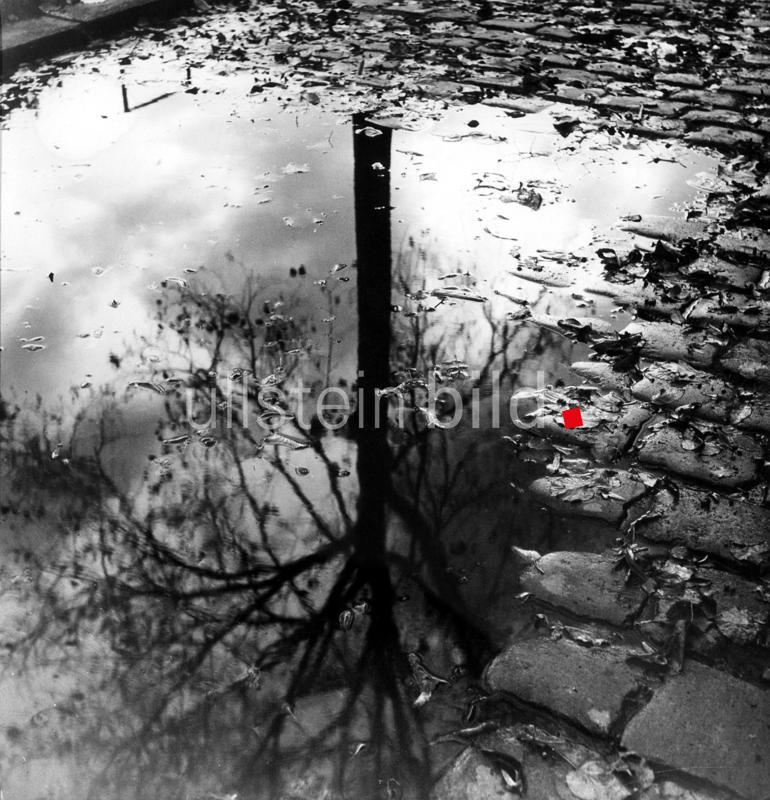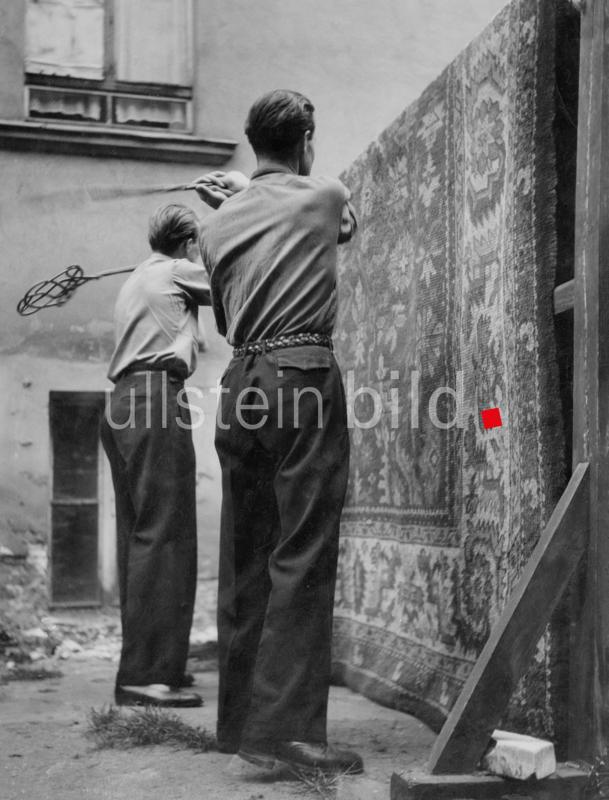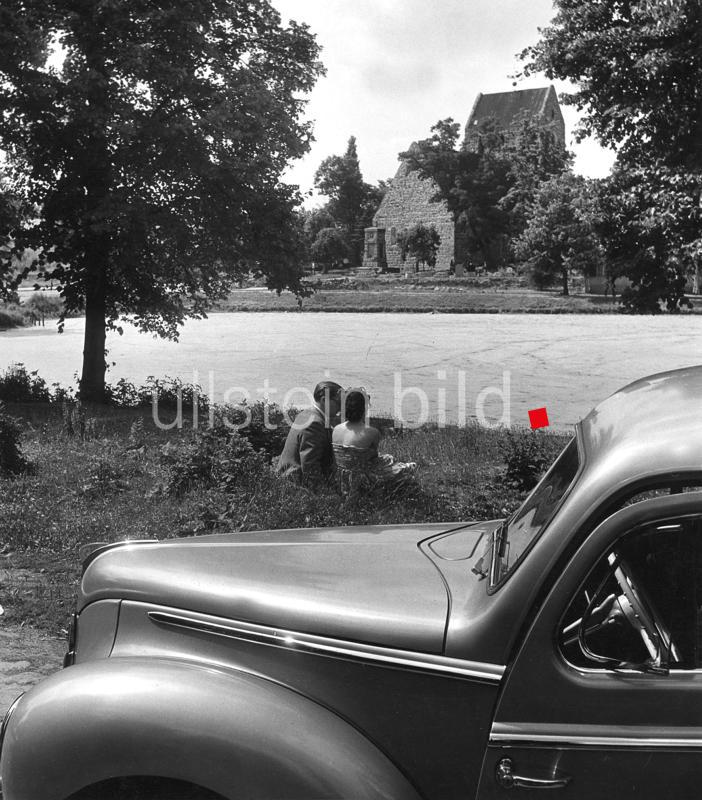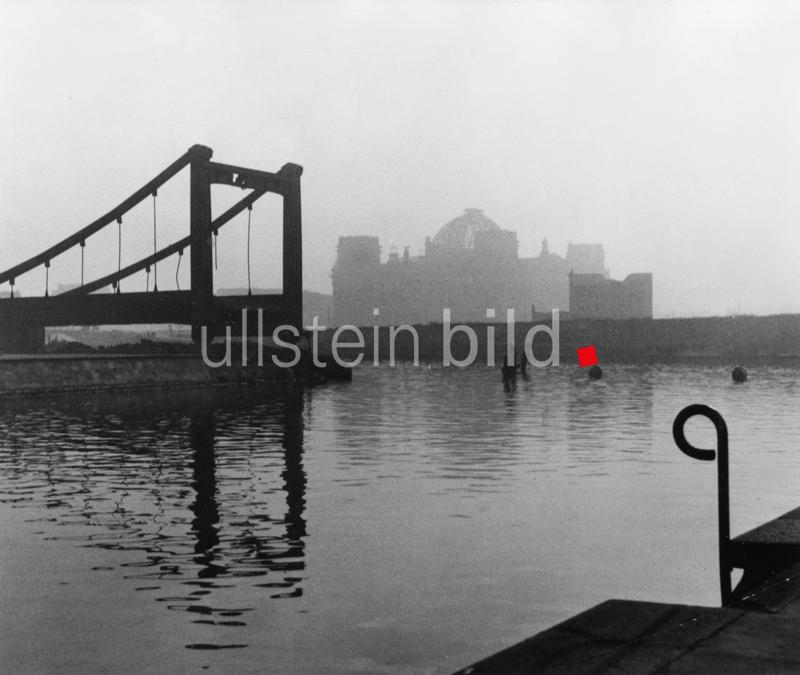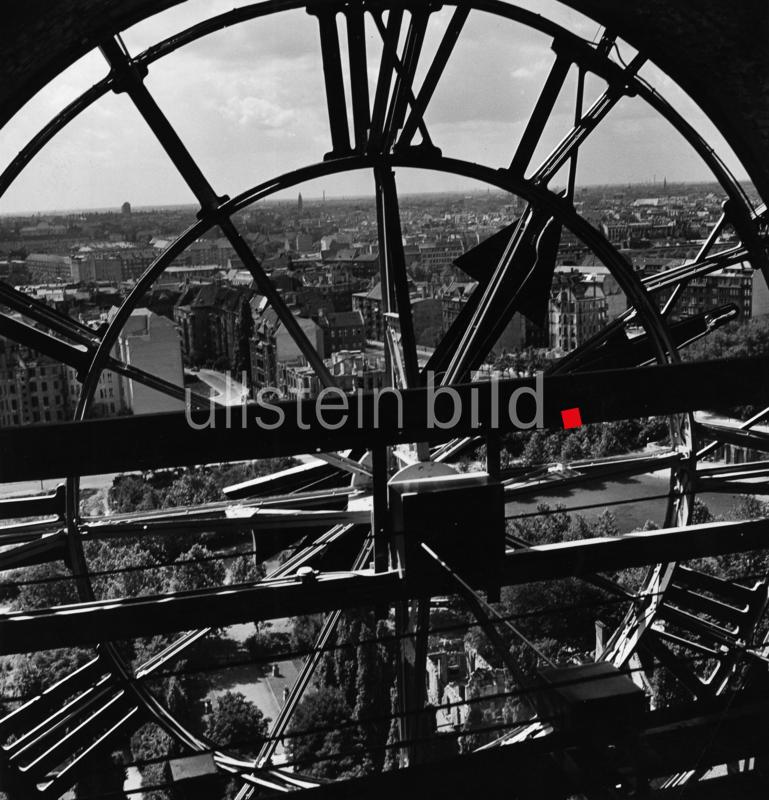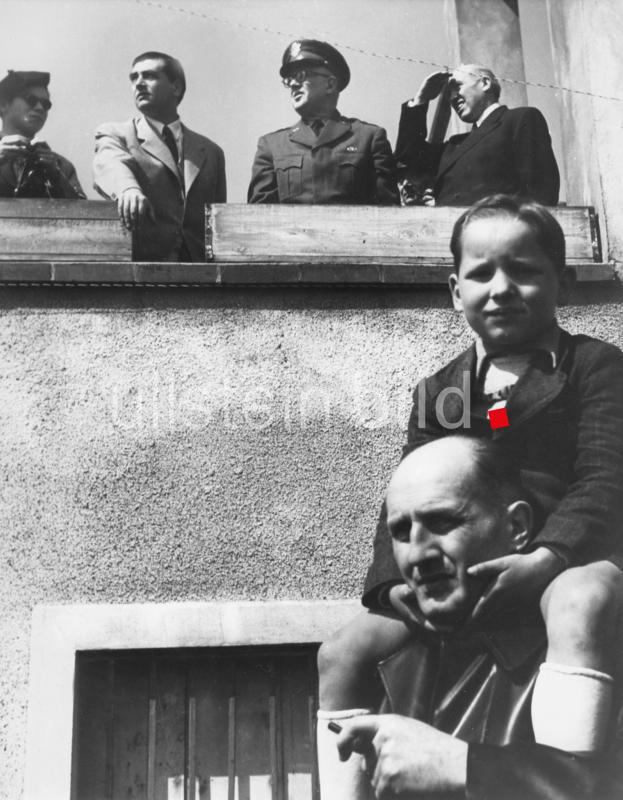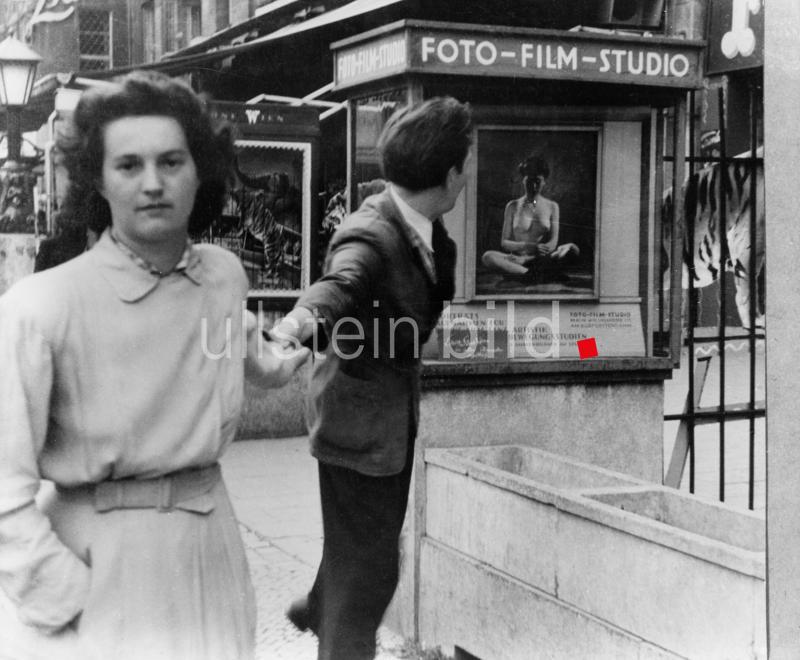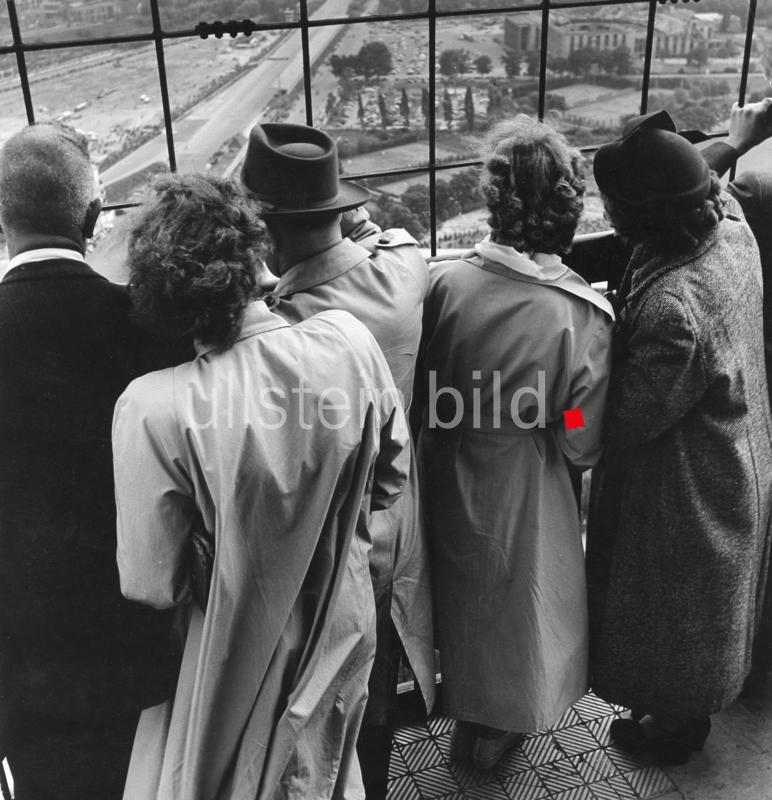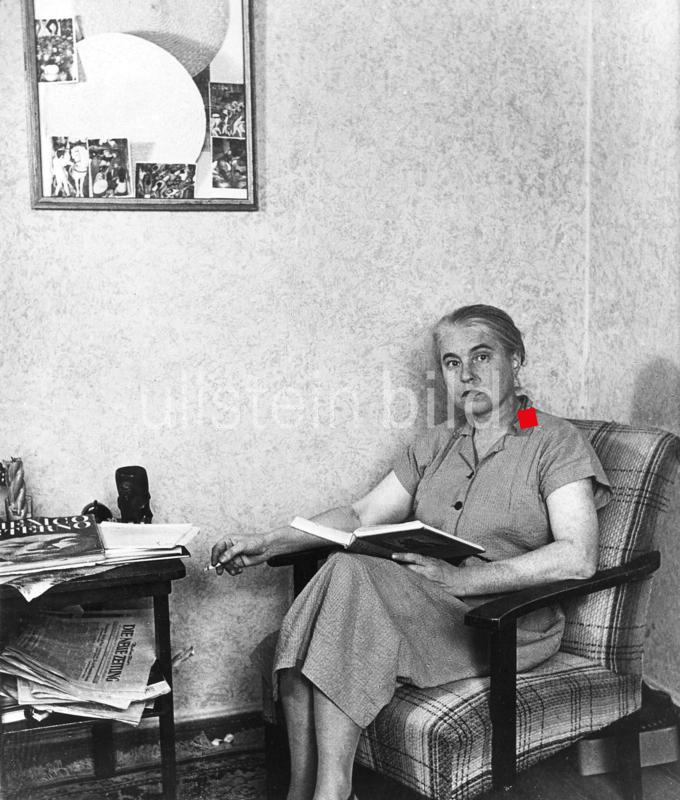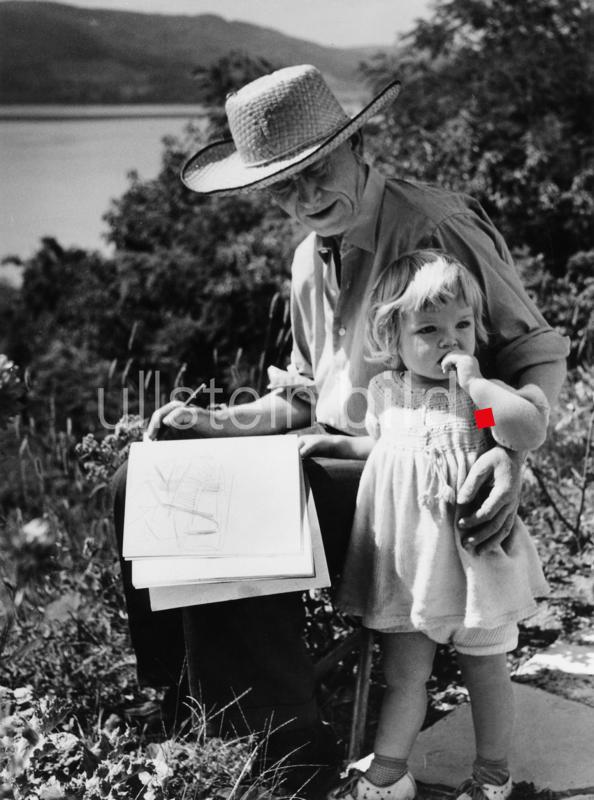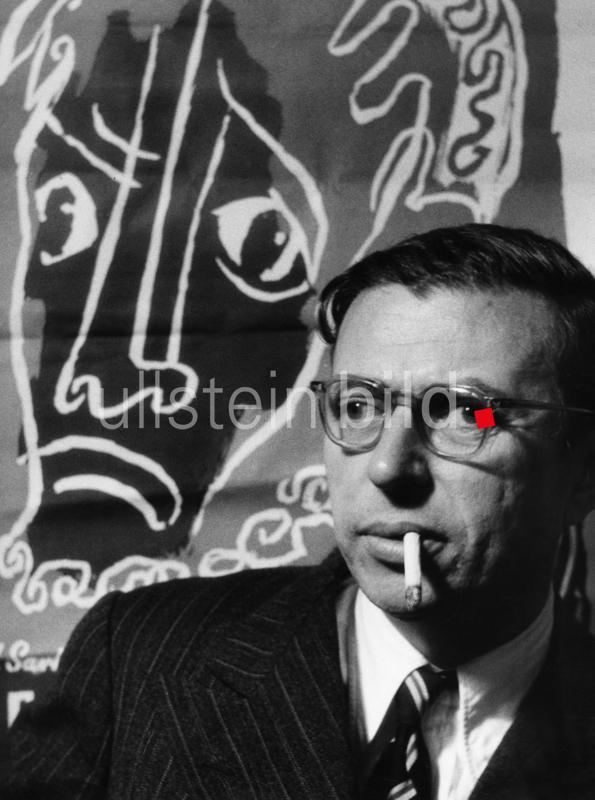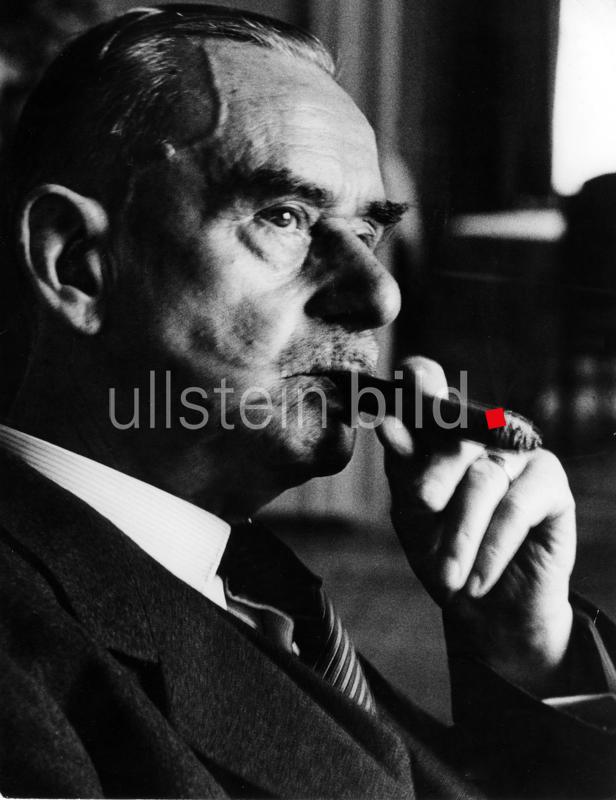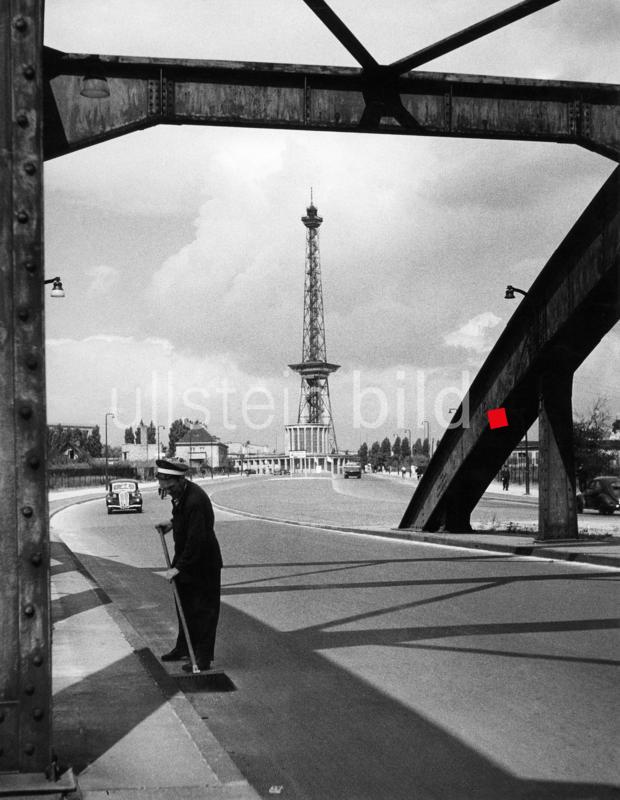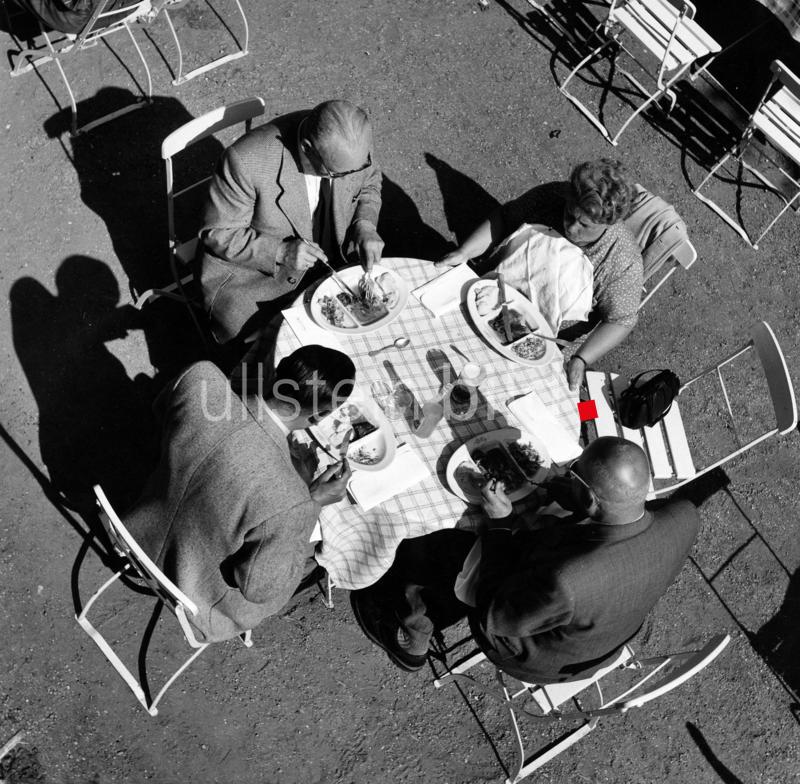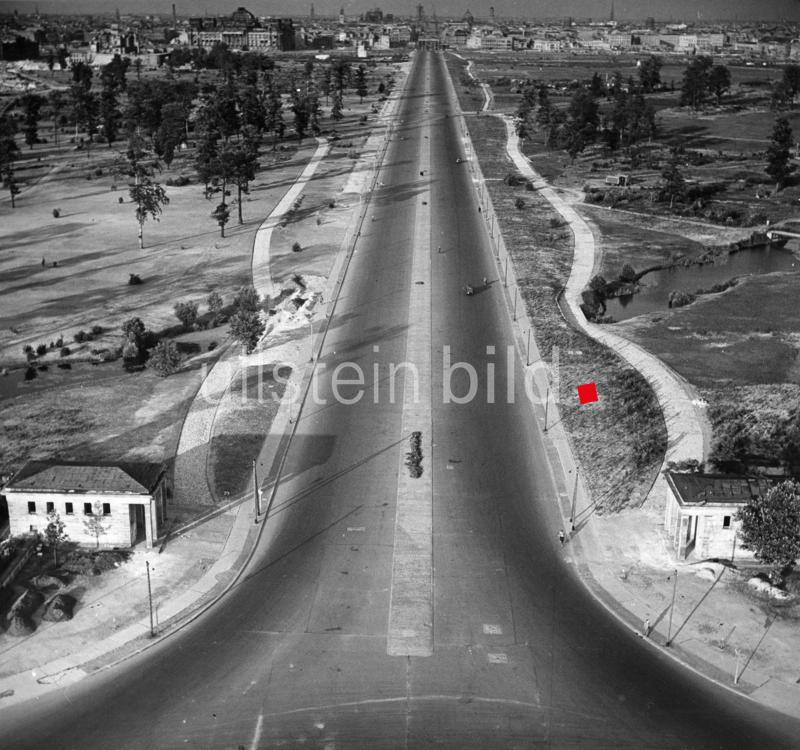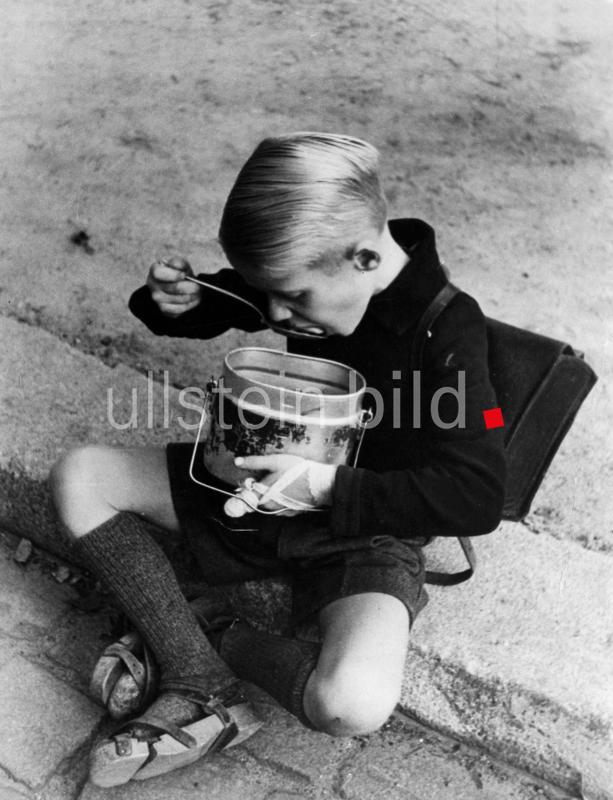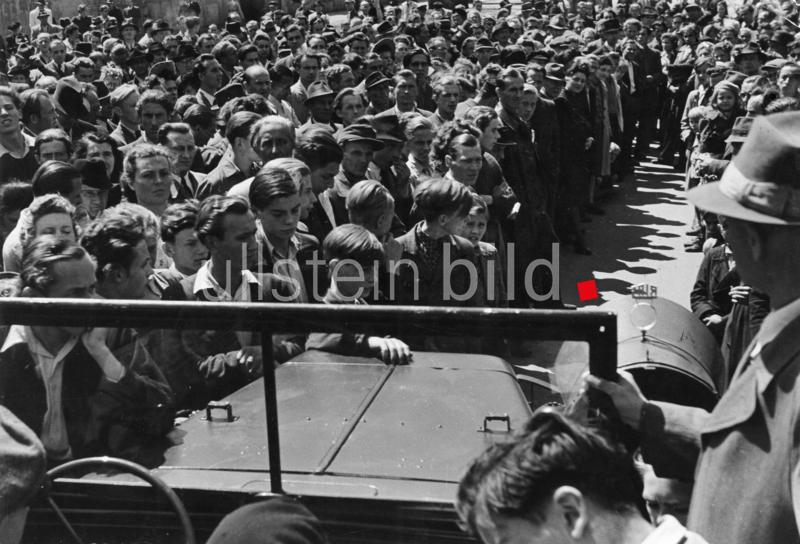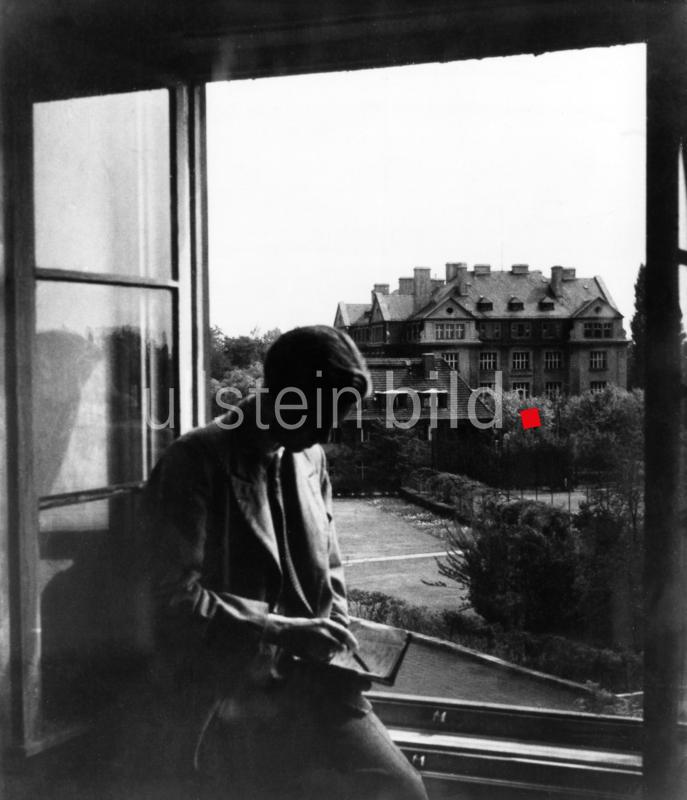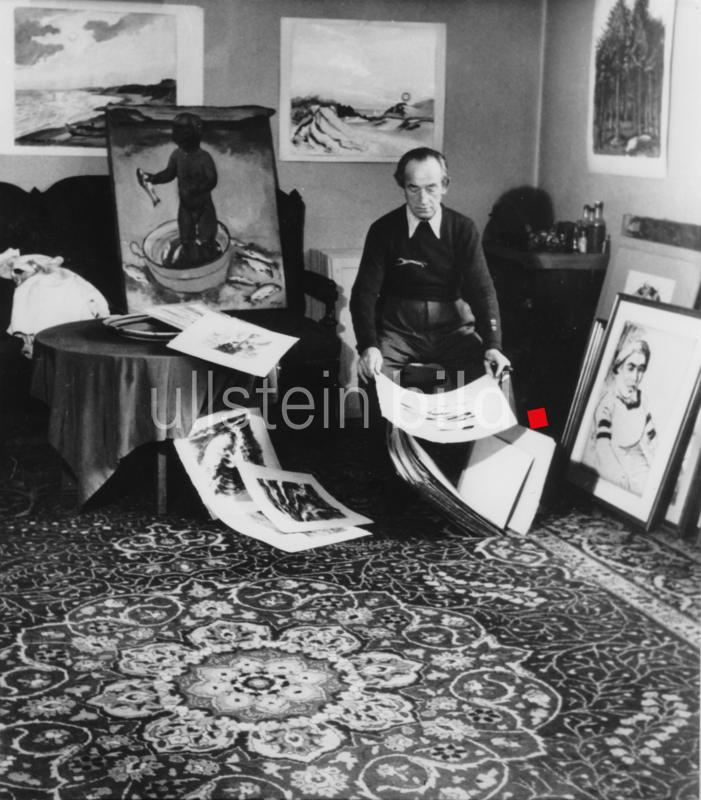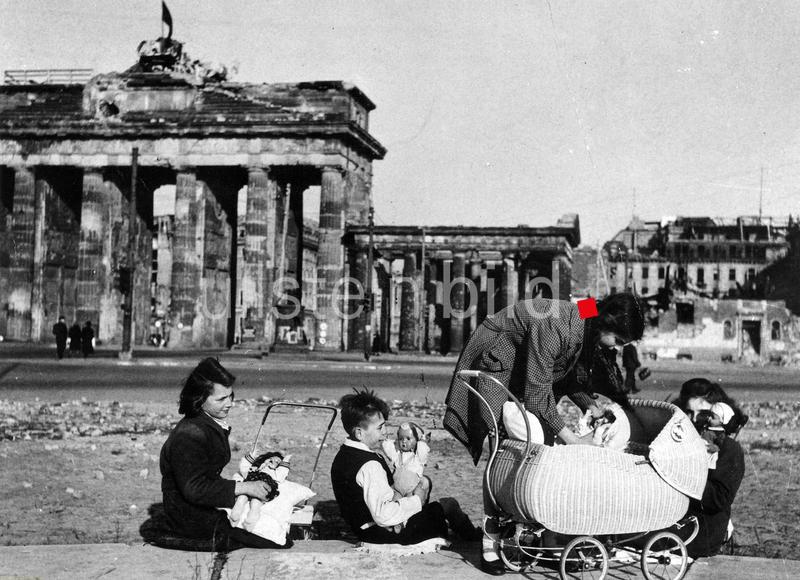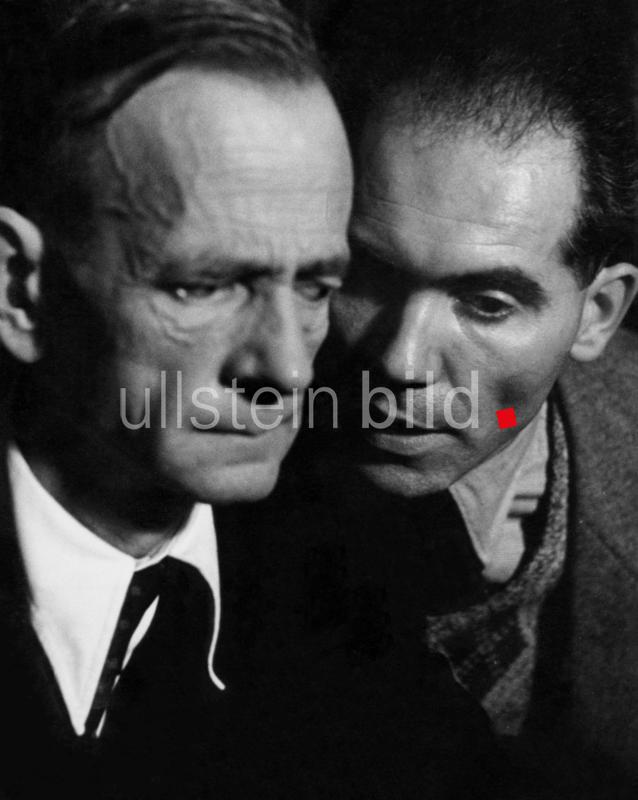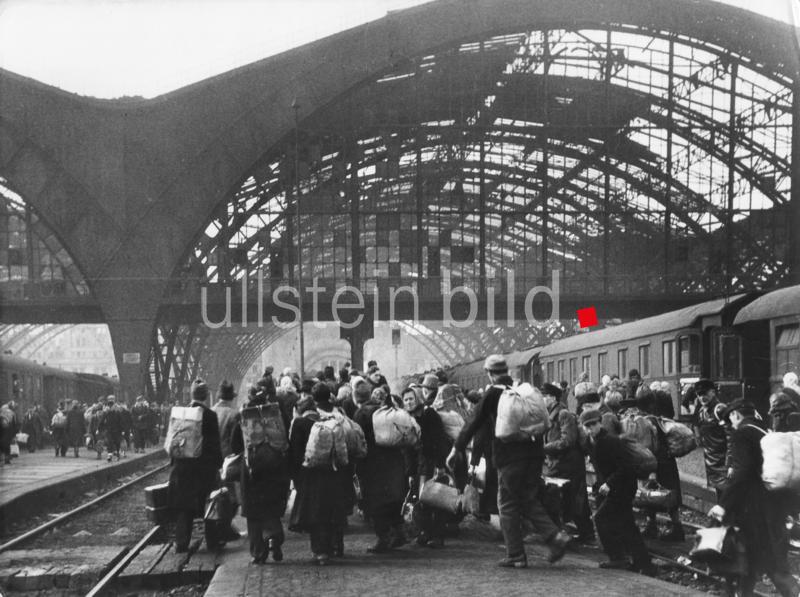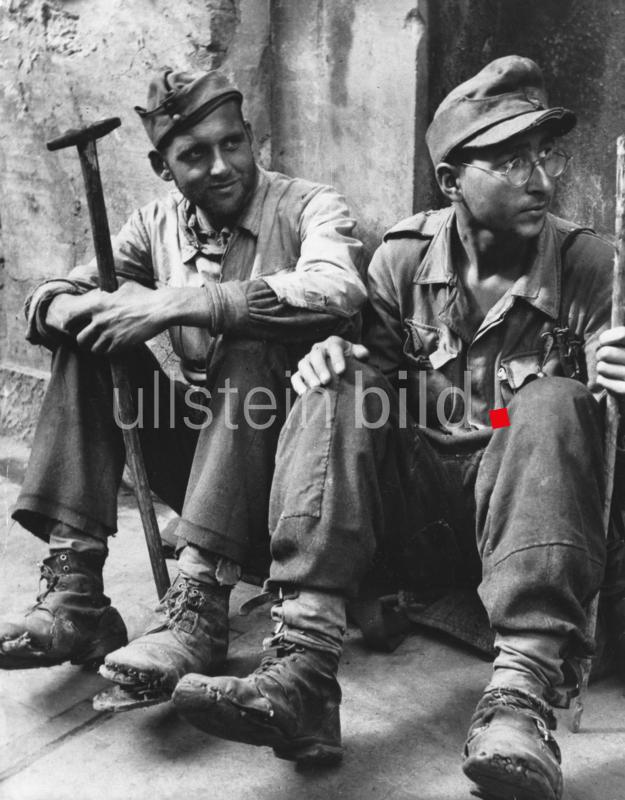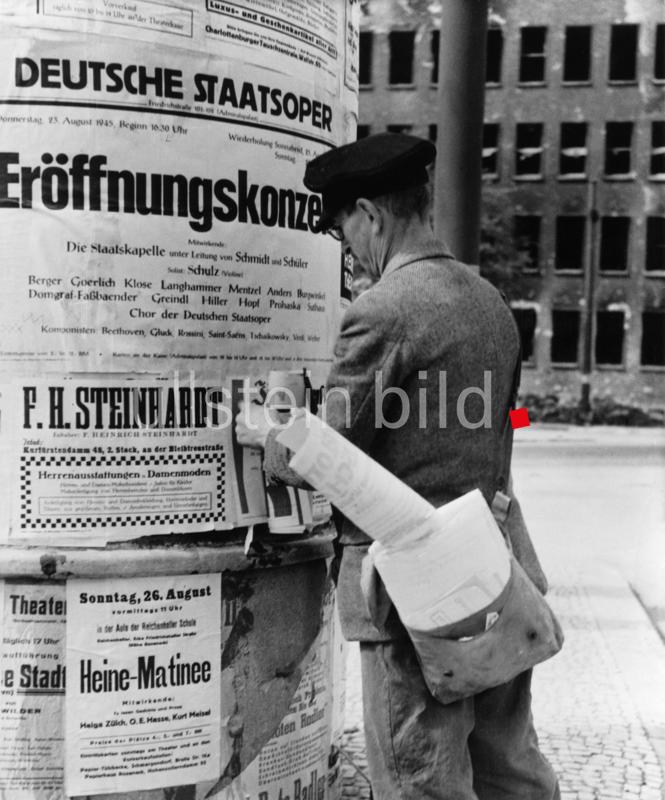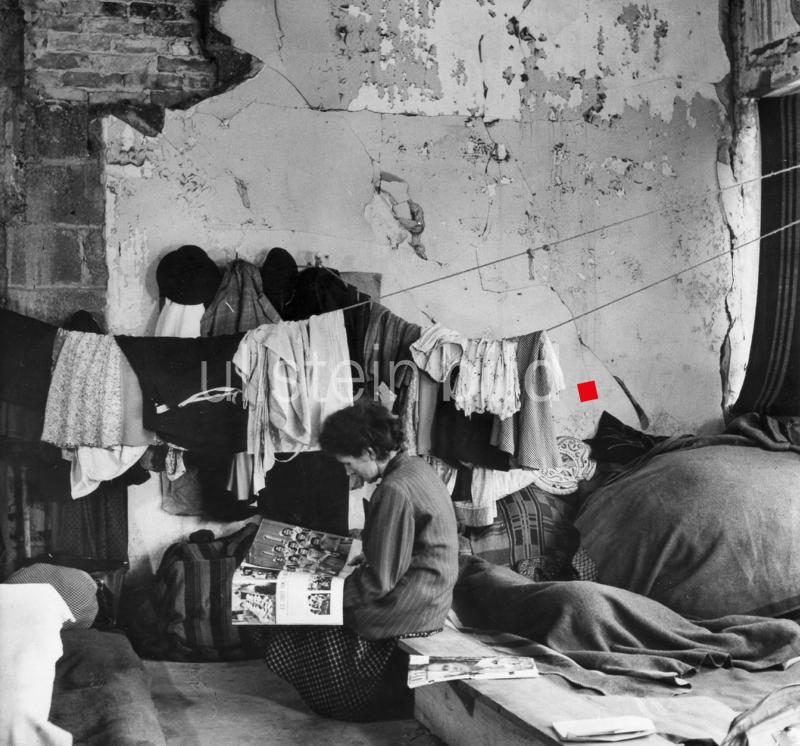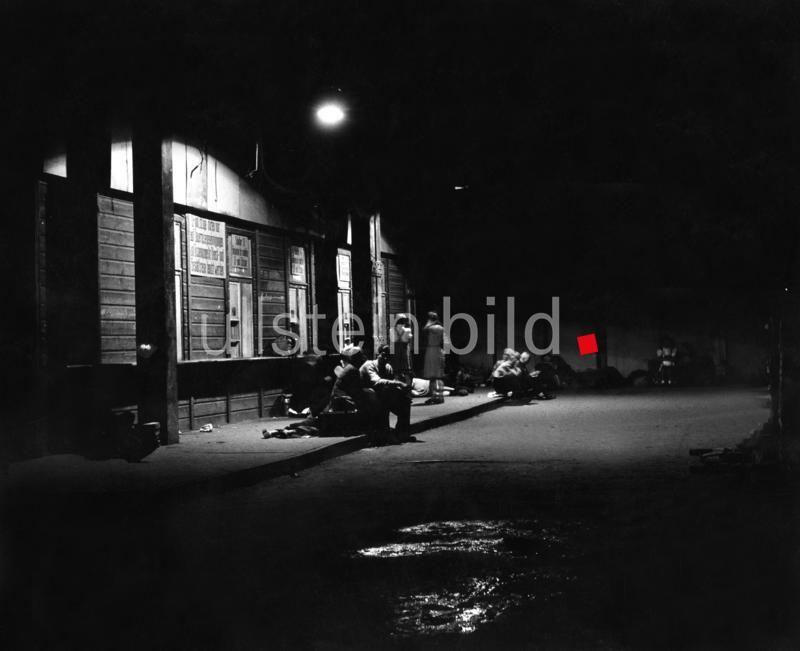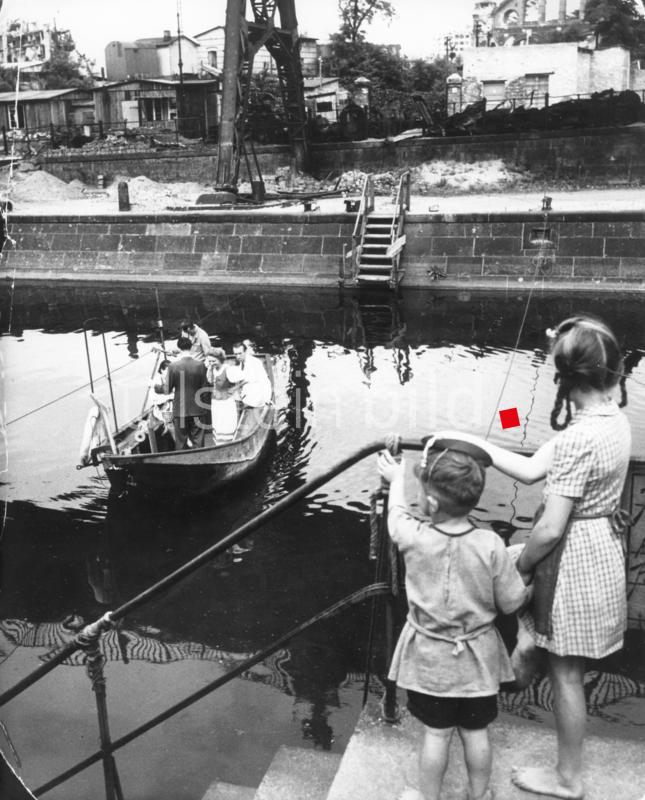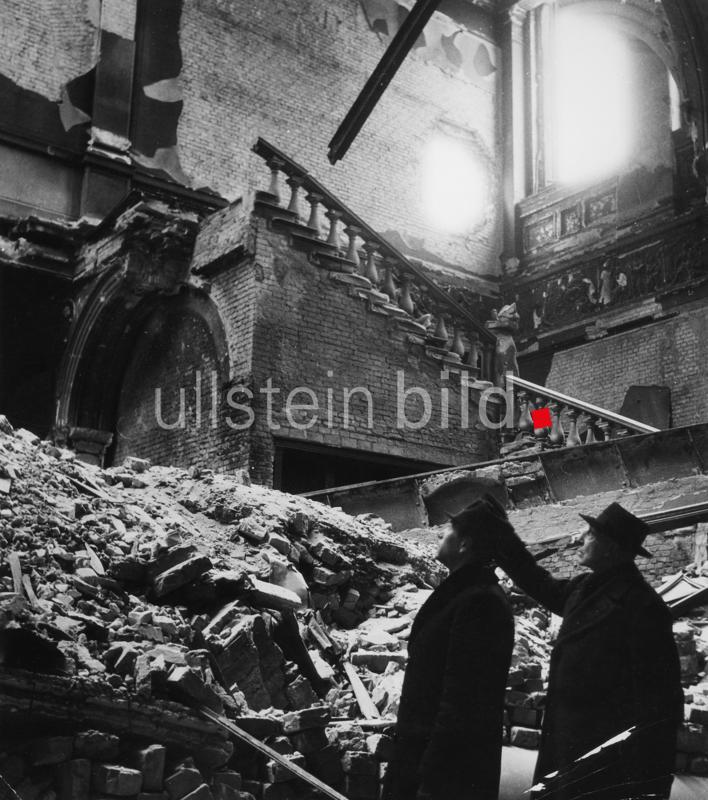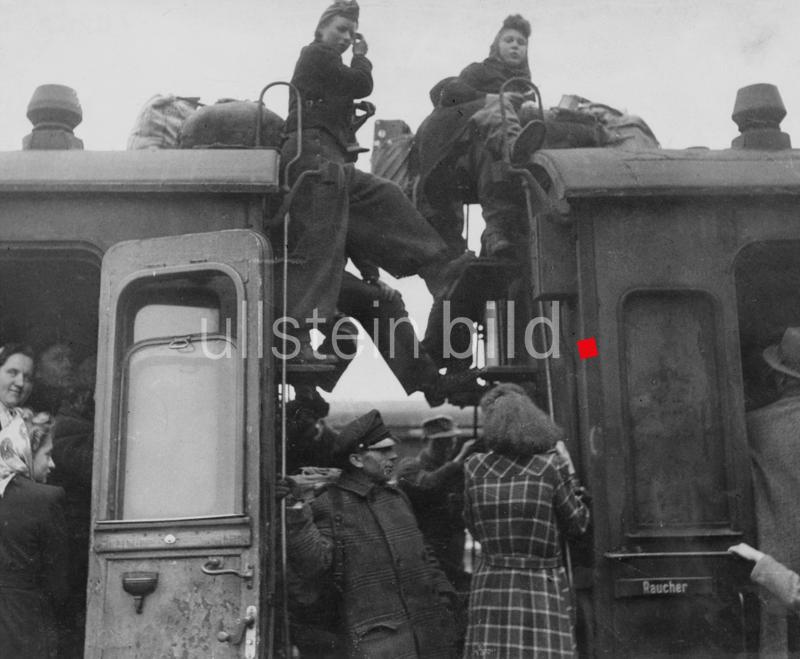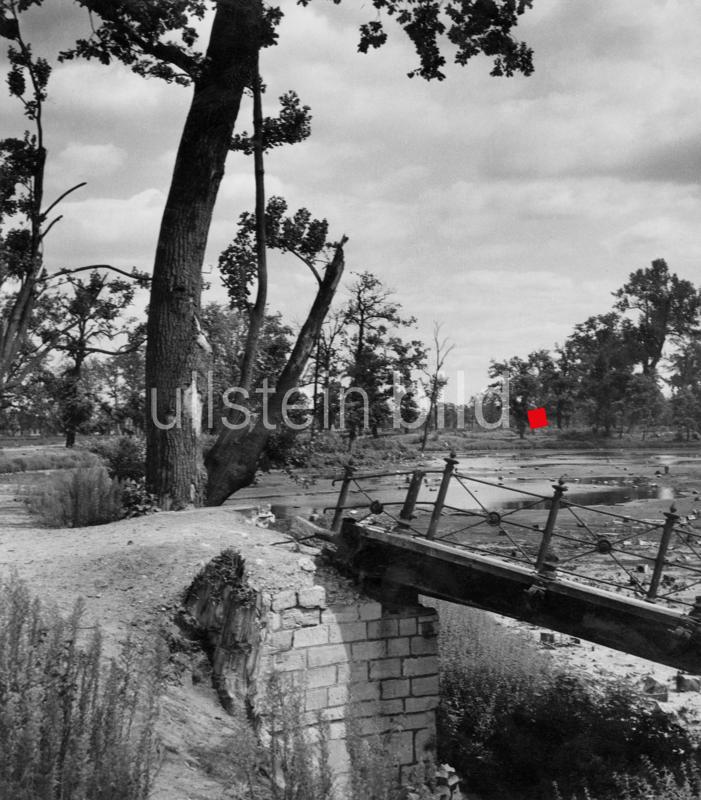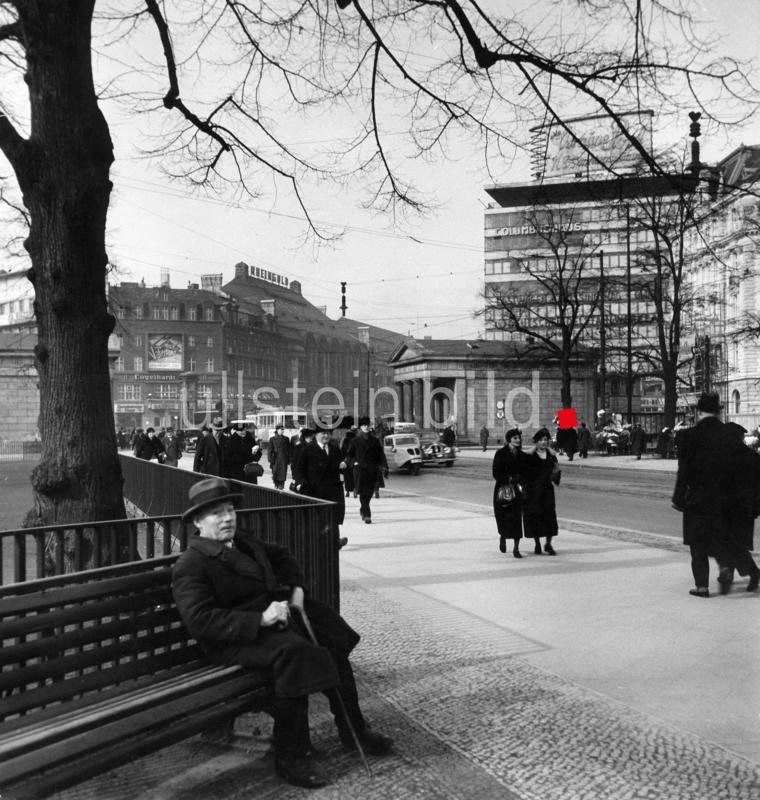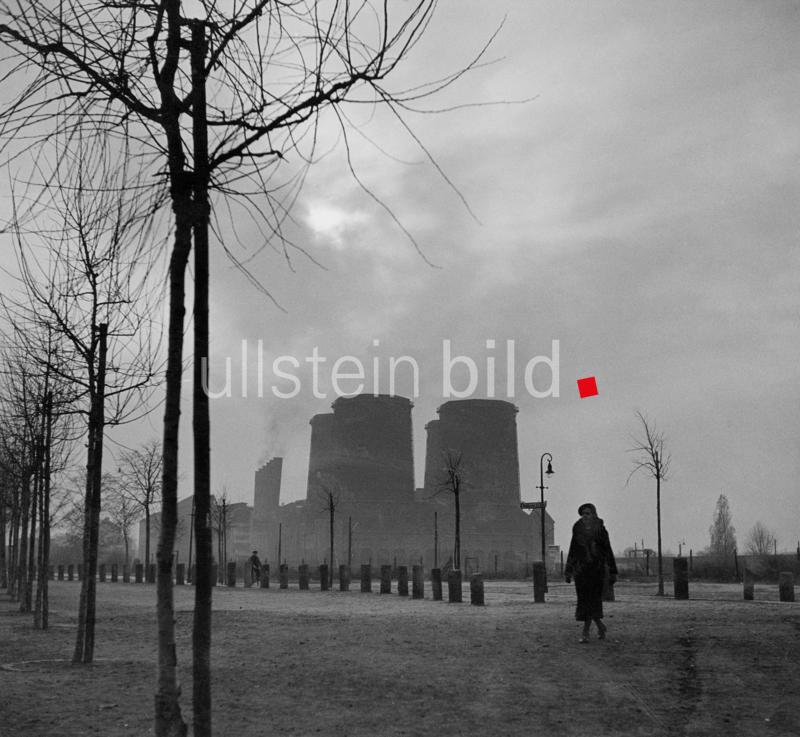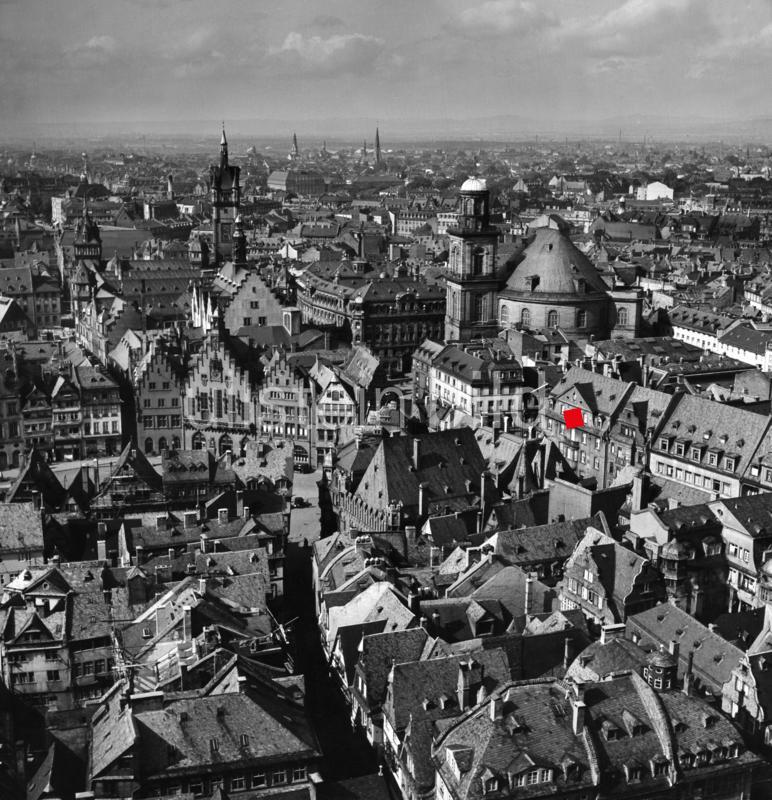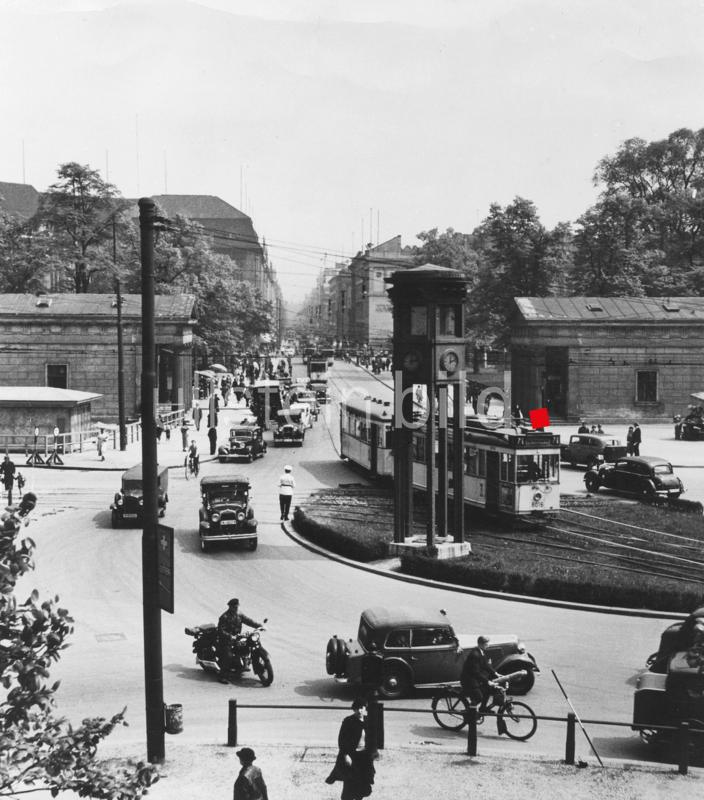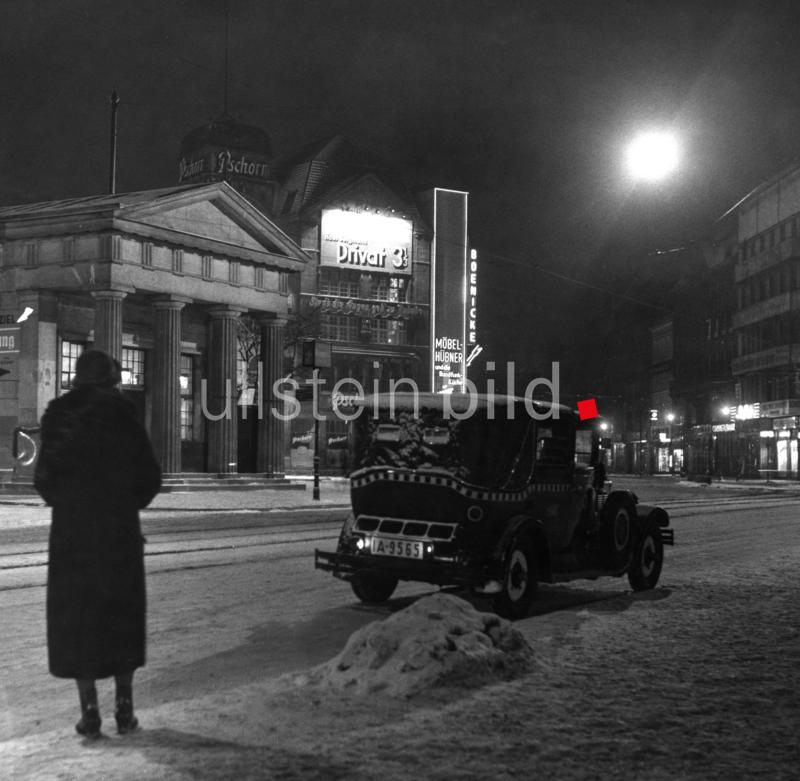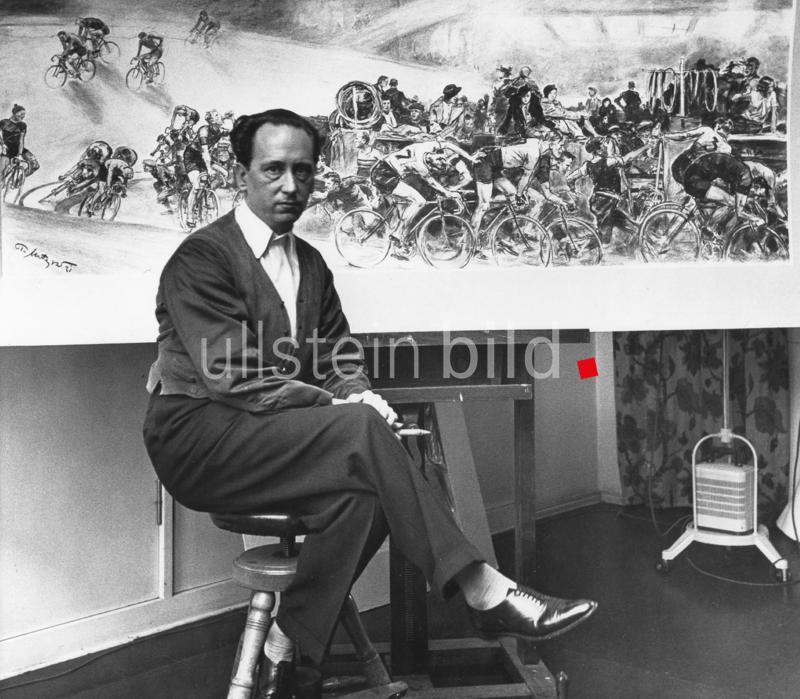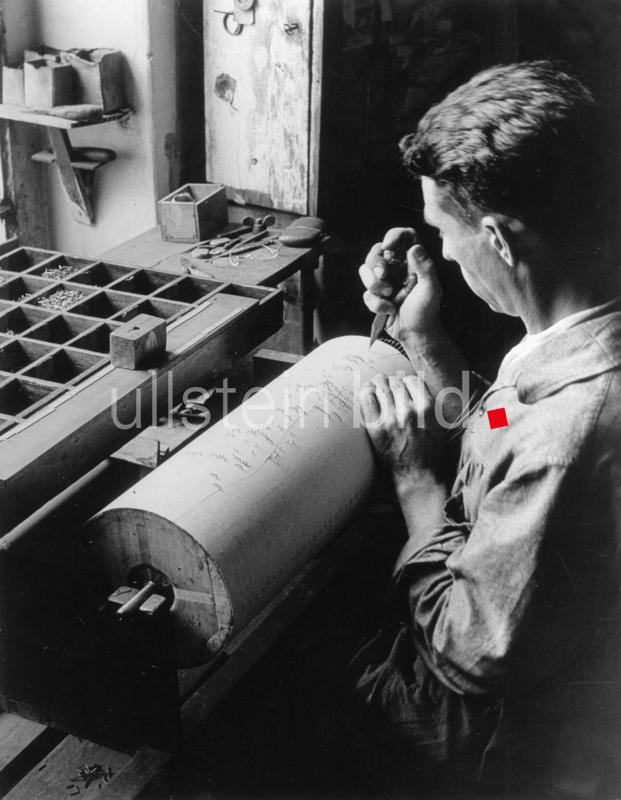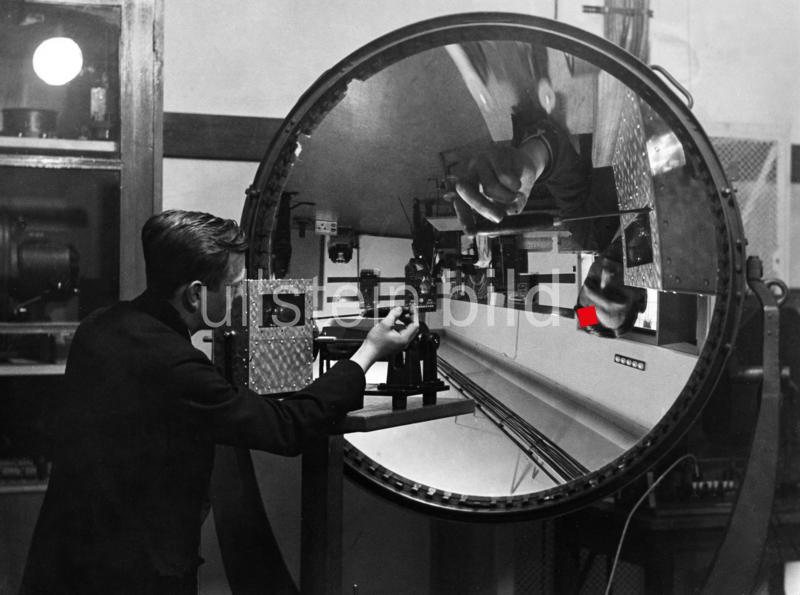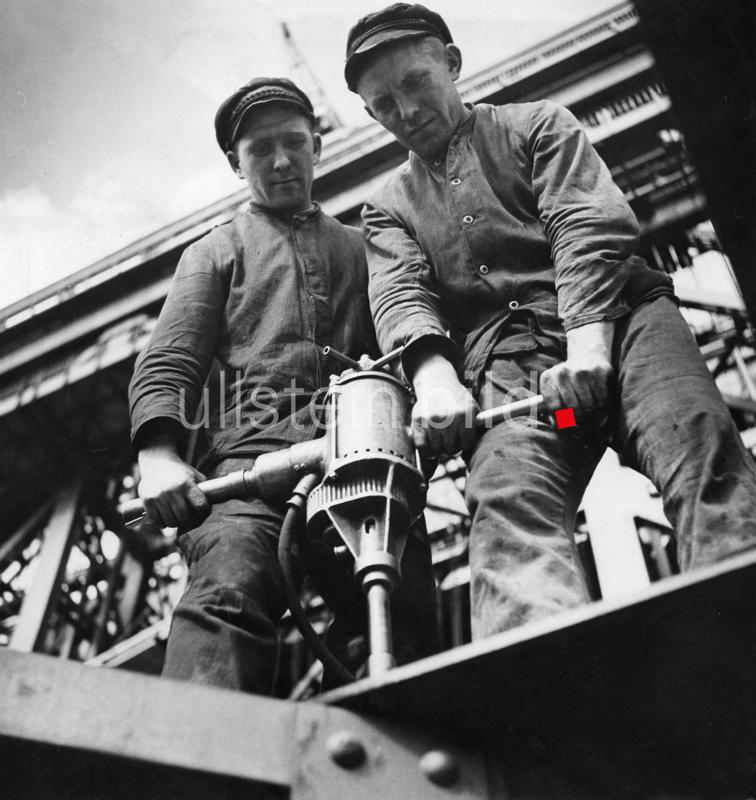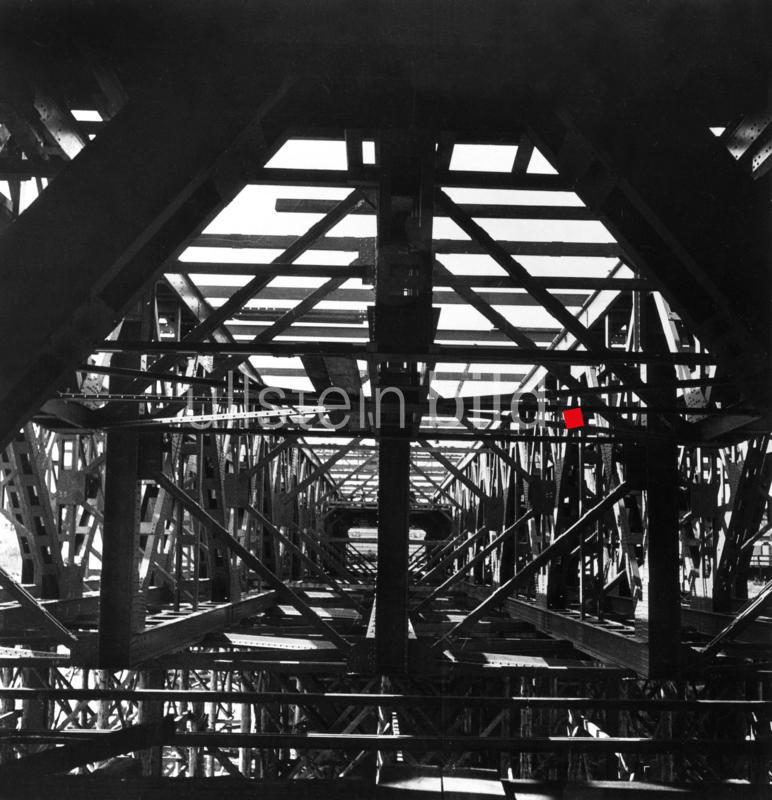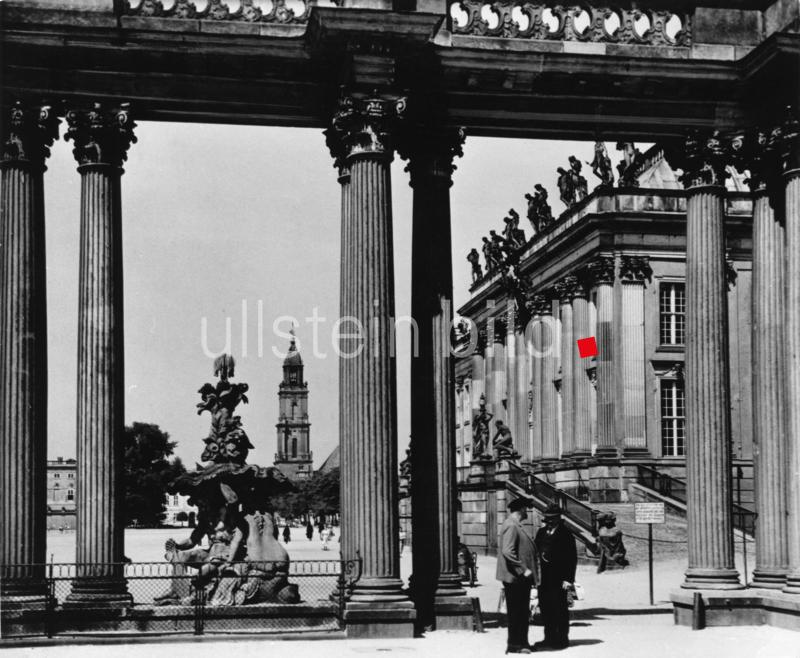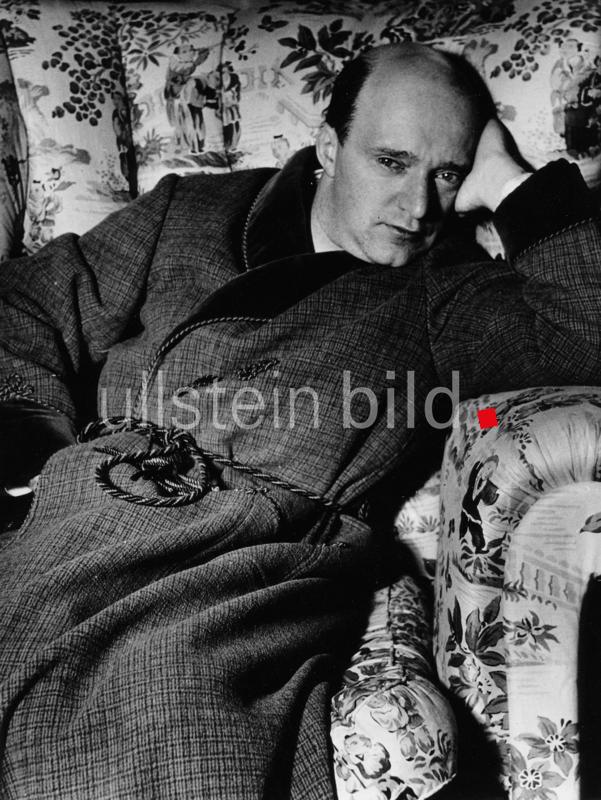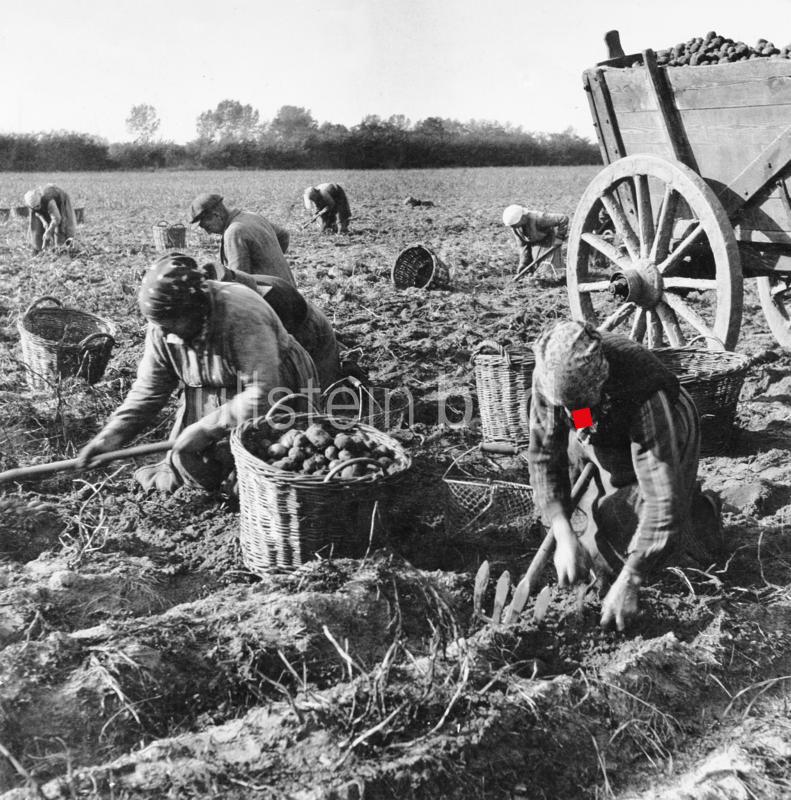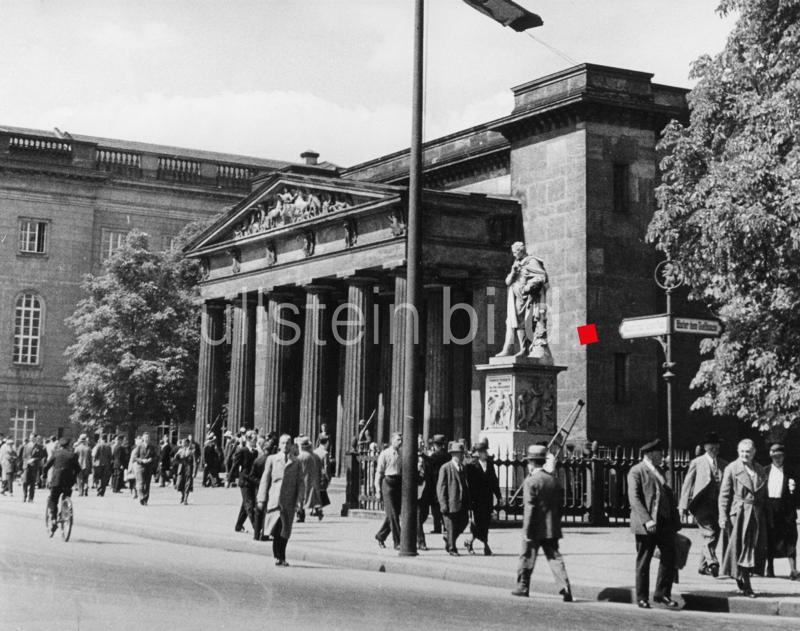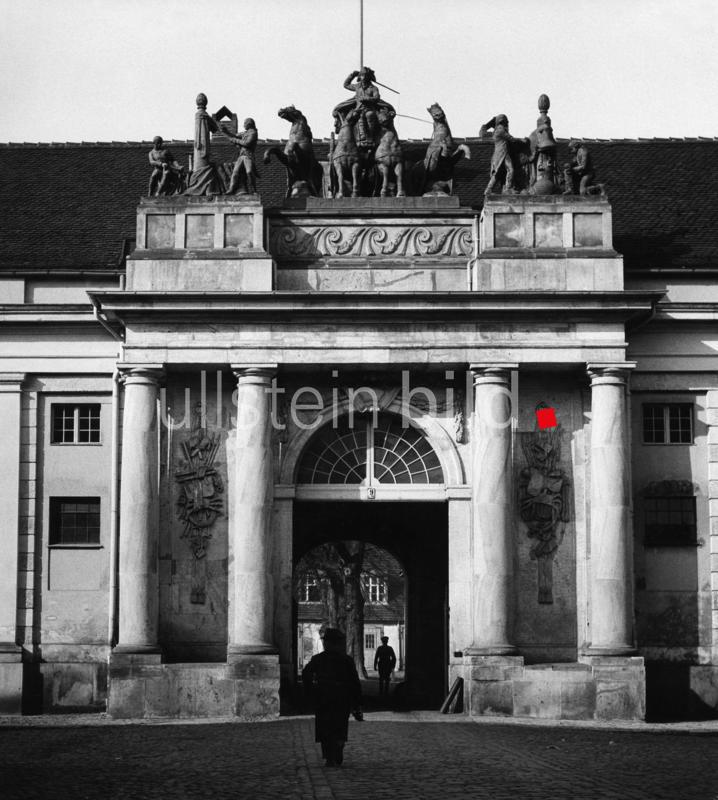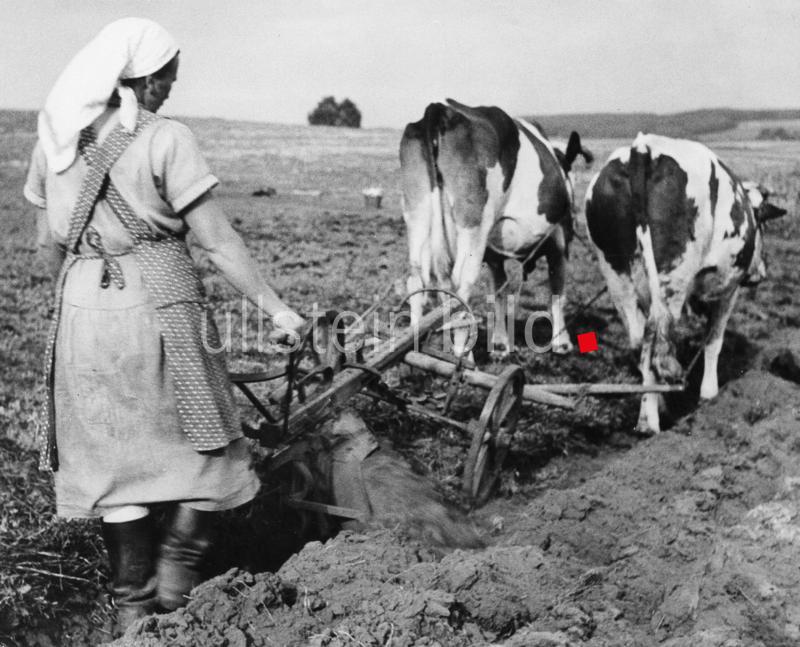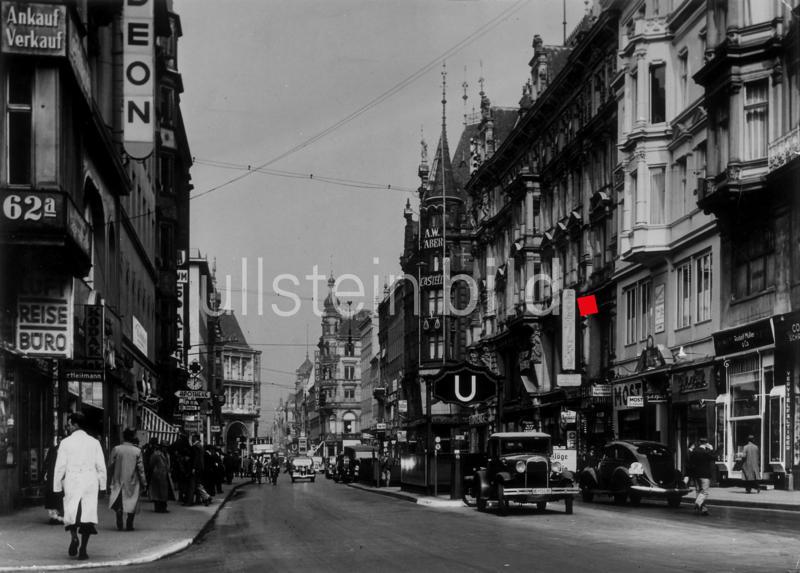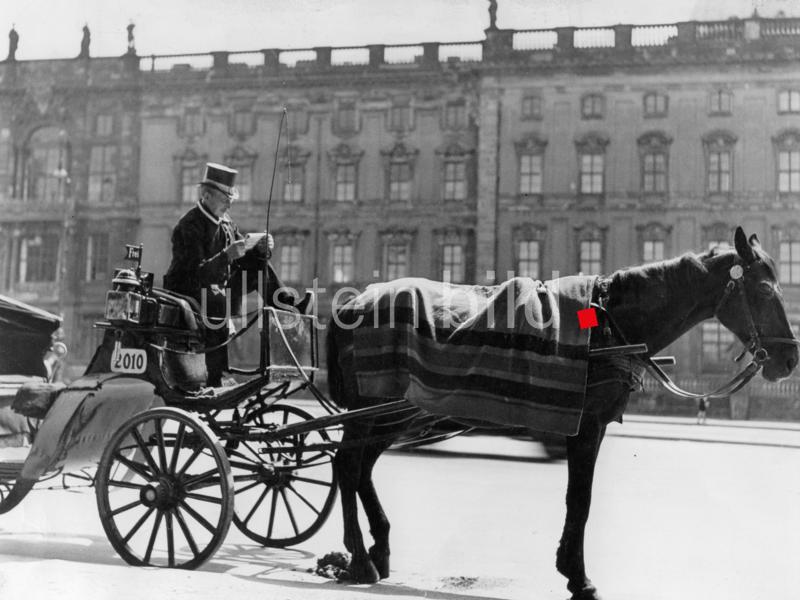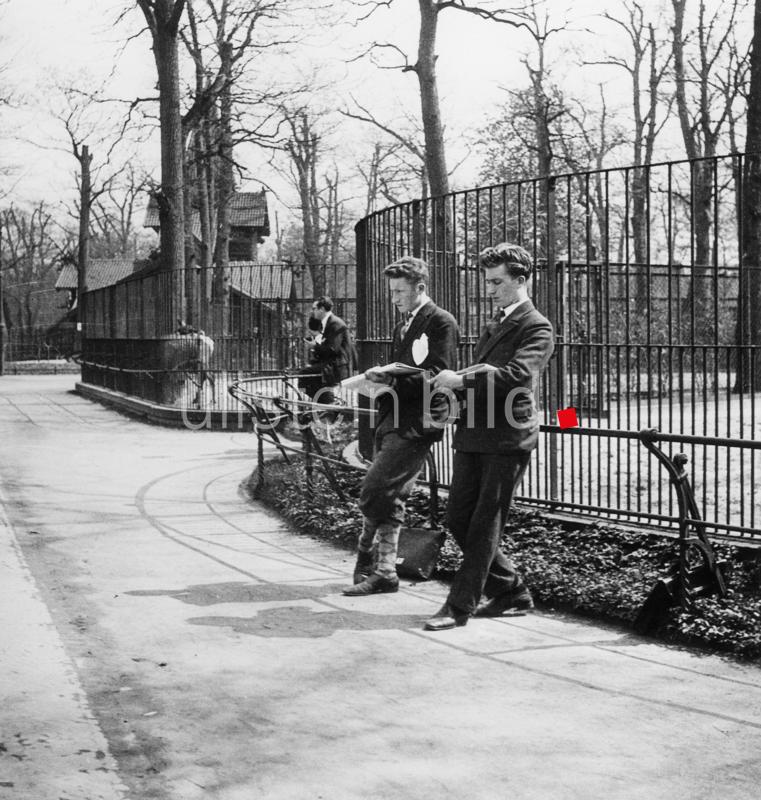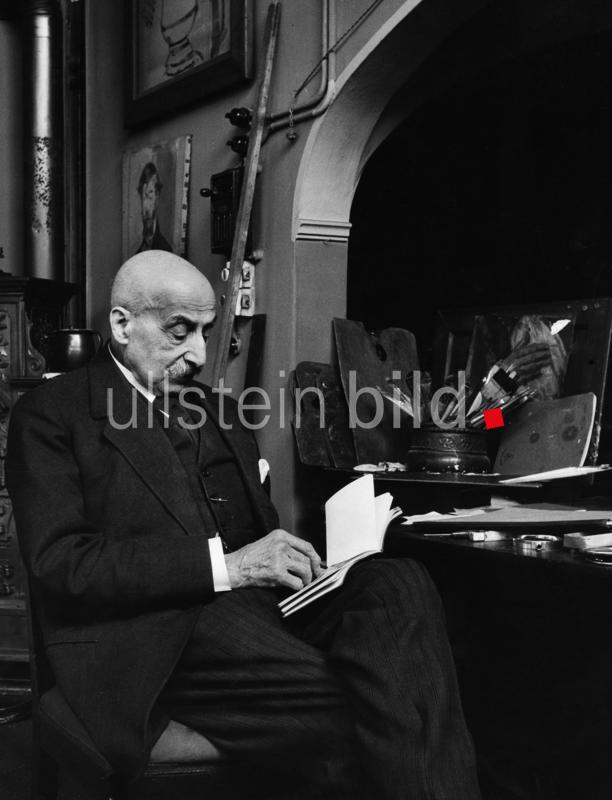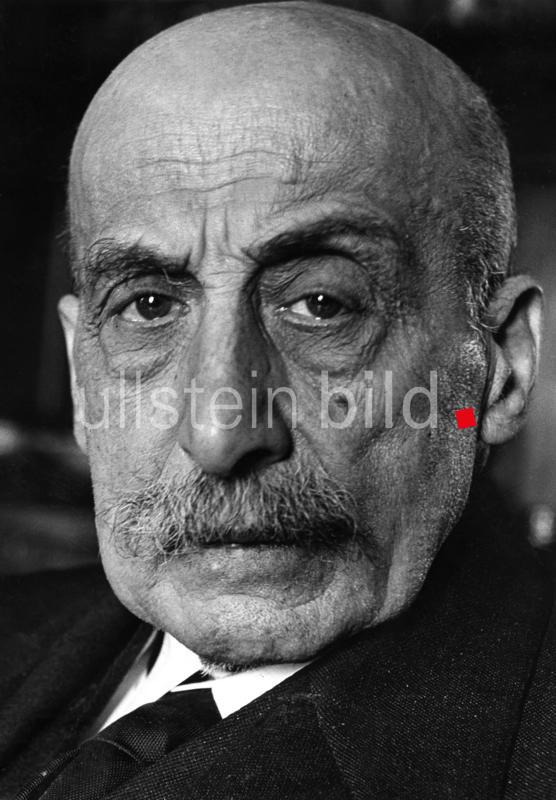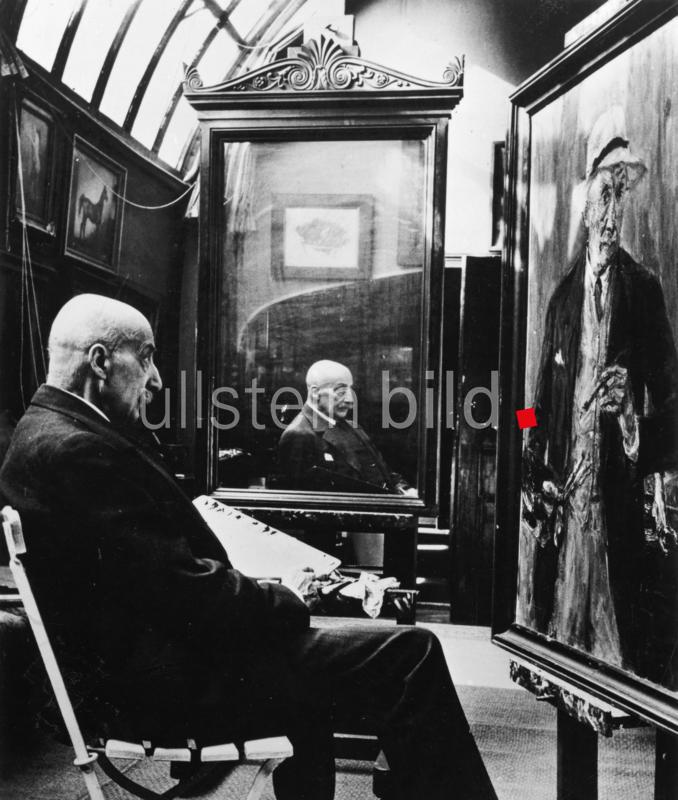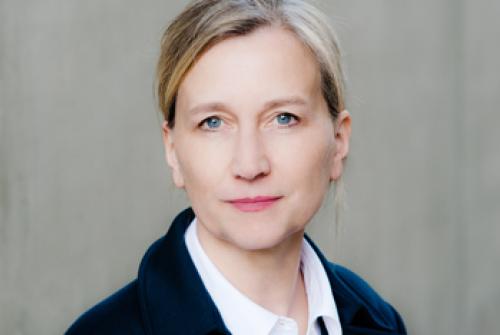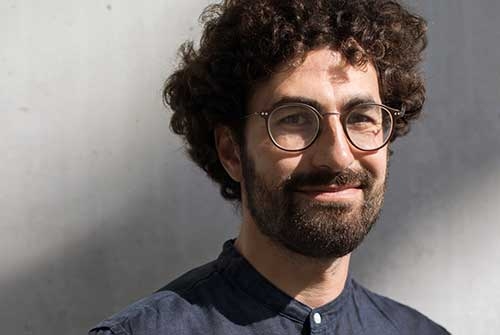Fritz Eschen at ullstein bild
Interview with Maximilian Westphal, Project Manager Digital Culture – MFG Baden Württemberg, on the photographs by Fritz Eschen at ullstein bild
_______________________________________________________________
Mr. Westphal, As part of the exhibition Meeting Liebermann - Photographic Portraits from the Ullstein Collection, you gave the third lecture evening at the Liebermann Villa with Dr. Katja Schumann, Staatliche Kunstsammlungen Dresden. It was entitled Liebermann, Portraits and Portrait Photography and attracted a very attentive and interested audience.
Your topic was obvious: Fritz Eschen (1900-1964) as a portrait photographer was not only represented in the exhibition with an Ullstein exhibit, but was also the focus of your research from the Thomas Friedrich Fellowship and the corresponding book publication from 2019. It bears the subtitle Portraits of a Photojournalist. It has struck a nerve: Eschen's photographs were featured in a large number of West German newspaper and magazine titles after 1945 and in this way shaped photojournalism for several years. This enabled him to build on his first successes in the early 1930s, interrupted by the repressive measures during the Nazi era. The Eschen photographs published by Ullstein date from the early period, but above all from the post-war period, and take us back to his many years of collaboration with the publishing house. An important book was also published here in 1956: Köpfe. 100 portrait photographs by Fritz Eschen with texts by Friedrich Luft.
Thematically, the extensive ullstein bild collection on Eschen offers an enormous range: In addition to the portrait photographs, there are cityscapes, landscapes, everyday scenes, and time and again one place clearly takes center stage – Berlin. Another point of contact between Eschen and Ullstein is of a biographical nature: Fritz Eschen and the director and publisher Heinz Ullstein were drafted into forced labor in 1941 and worked at the same time for the Reichsbahn at Lehrter Bahnhof in Berlin. Two years later, after their arrest, their relatives on both sides tried to save the men from imminent deportation by the Nazi henchmen and protested outside the collection point in the Rosenstraße. With success.
What impressions and results did you gain from your research on Eschen in the Ullstein photographic collection?
By accessing the online database, I knew that I could expect a large number of images, many of which were already known to me from the photographer's archive or in photo books. The Ullstein collection proved to be a valuable source of information about the use of the images in the 20th century press, as the backs of the photographic prints are often stamped and annotated. In particular, I examined the photographs up to 1950, among which I found the originals for the earliest known picture publication by Fritz Eschen from 1930: The series "Tiere stehen Modell" is a genre-like observation of everyday life at the Berlin Zoo and appeared in the Berliner Morgenpost, one of the highest-circulation newspapers of the Weimar Republic. There is a lot of activity on the back of the print: the photographer's stamp is only faintly visible, above which a member of the publisher's staff has placed the date of publication and the caption "Drawing lessons for a school class" in a bold pencil note. Numerous archive stamps and numbers were also added, testifying to the print's journey through the eventful history of Ullstein Verlag. On other pictures there were traces of retouching work or references to picture agencies with which Eschen worked.
Where do you see unmistakable and decisive strengths in Fritz Eschen's photographic work?
Eschen's pictures, which were exploited by picture agencies and editorial offices at the beginning of the 1930s, can be classified as press photography, for which topicality was rarely a prerequisite, but rather image aesthetics and versatile usability were in the foreground. In Eschen's work, I see the blurring spheres of free artistic and applied work and characterize his work with the concept of feuilletonistic illustration photography, which has a quality that goes beyond its diverse potential for illustration. Heinz Hajek-Halke noted that a pictorial feuilleton requires time in order to be able to deal with the pictures at leisure. Fritz Eschen's high-quality portraits and landscape photographs invite the viewer to delve deeper. For today's viewers, the photographs from the ruins of Berlin are particularly invaluable - as a memorandum turned into a picture and one of the many spaces for reflection that open up in this comprehensive work.
How can his portrait photographs of the artist Max Liebermann be categorized and what significance did they have for Eschen?
Max Liebermann received the young photographer in his studio in the house on Pariser Platz in 1930/31. In the photo, the painter is sitting on the left-hand edge of the picture, looking intently at the easel opposite him. The palette in his hand is clean, almost unused, quite different from the probably completed self-portrait opposite. In the background of the picture, which is composed with clear axes, we see Liebermann once again, this time in the mirror - this profile view is also in focus. Eschen himself saw in the picture the "incarnation of the correspondence between man, work and surroundings" and an "artistically highly charged atmosphere" - we can certainly empathize with these impressions when looking at the thoroughly composed and by no means spontaneously created photograph today. The image had a special meaning for Fritz Eschen when he commented in 1947 in the trade magazine Foto-Spiegel: "[I] love this photo because it evokes the memory of something unique and irretrievable, and it still fruitfully inspires my artistic sensibility, as far as I can claim it for my work as a photographer, after so many years."
Portraits of great personalities such as Liebermann were still rare in the early years of Eschen's work. Type portraits and character heads, which concentrate on the physiognomy of the face in close-up, were still more common. This is also characteristic of one of the photographs from the series with Max Liebermann. Two pages of contact sheets in the photographer's archive provide us with further information about the session. The surviving photographs were taken both at Pariser Platz and at the Villa am Wannsee. We can therefore identify several encounters, which is a special feature. Whether a bond developed between the two, or what topics they talked about, remains a mystery. The harrowing experience of Nazi rule as a unifying element for painter and photographer certainly contributed to the special status of portraiture for Eschen after 1945.
Fritz Eschen's later portraits were also taken in more spontaneous situations and in an obvious dialog between photographer and subject - but they convey no less lasting impressions of the personalities depicted, as he succeeded in doing with Max Liebermann in 1930.
I found the juxtaposition of the diverse portraits in the Meeting Liebermann exhibition in the Liebermann-Villa very valuable, as it clearly shows how strongly photographic concepts carry the spirit of their time or technical possibilities. Here I saw Fritz Eschen's photographs as a formal link between the more classical studio portraits of Nicola Perscheid and the modern snapshots of Felix H. Man.
In what photographic tradition do you see Fritz Eschen? His library included the publications of Albert Renger-Patzsch and Andreas Feininger. Can you name any other direct role models and influences?
In addition to the daily press image, the pursuit of the so-called "beautiful photograph" was a top priority for many photographers at the end of the 1920s. This primarily optimistic view of the world was popularized by publications such as Albert Renger-Patzsch's 1928 photo book Die Welt ist schön (The World is Beautiful). This zeitgeist can be recognized in Eschen's early photographs, which made them attractive for the commercial image market. Her motifs, which were often not specific to a particular time or place, offered a wide range of options for publication. Looking at Eschen's pictures of everyday life in Berlin, parallels can certainly be drawn with the work of Friedrich Seidenstücker, although there is no evidence of a direct acquaintance between the two photographers. Eschen distinguishes himself from contemporaries such as Felix H. Man or Erich Salomon, who were characterized as "hunters with a camera", in that the composition and a certain timelessness are characteristic of his motifs - hardly any other picture makes this as clear as the studio photograph of Max Liebermann.
You have also pointed out the close connections with photo agencies of the Weimar Republic such as Dephot and Neofot-Fotag, both of which are also represented with works at ullstein bild. What significance did this creative period have for Eschen?
Fritz Eschen came into the photography business from an amateur background and had to work with publishers and agencies to gain a foothold in the market. Here he not only found the basis for the picture business, but was also able to further develop his practical knowledge in exchange with colleagues: According to his self-written CV, he received "several years of specialized training" at Dephot and Neofot before working as a freelance press photographer and journalist for agencies including Mauritius and Associated Press. In fact, the Ullstein archive contains numerous prints with the stamps of these agencies. Both the handwritten note "Attribution: Neofot" on one print and the deleted name of the photographer on a print from Linden-Verlag were intended to protect the Jewish photographer Eschen during the years of Nazi rule and still provide him with at least a basic income. The actual business relationships in the rapidly growing picture market of the Weimar Republic are barely documented. Even after completing my research, findings on the players in Eschen's professional network remain desirable. Exhibition and research projects such as the recent one on Umbo (Otto Umbehr), who also worked for Dephot, make valuable contributions here.
Mr. Westphal, your current area of responsibility encompasses digital culture in museums, which is forward-looking and fundamental to exhibition design; you work as a project manager at the Media and Film Society in Stuttgart. What development opportunities, what potential do you see here for the German museum landscape?
One of many topics and fields of action is the audience-oriented development of museum offerings both on site and online. Innovative educational formats can help to tap into new target groups and reach a media-savvy audience. Be it through the use of digital channels to address them or the use of digital tools to engage with content, such as customizable museum guides. Furthermore, the rapid development of artificial intelligence is not leaving the cultural sector untouched: from the development of collections and production conditions to the communication work of museums, new opportunities are emerging. In the MFG Baden-Württemberg's Digital Culture competence field, we support state and non-state museums, theaters, archives and art institutions in the digital transformation on behalf of the Baden-Württemberg Ministry of Science, Research and the Arts. As project manager, I will be attending the Gemeinsam Digital conference for small and medium-sized museums in February 2024 after providing content support for the Zukunftsstark investment program with a wide range of project results.
Thank you very much, Mr. Westphal, for this interview!
The interview was conducted by Dr. Katrin Bomhoff, ullstein bild collection.
First publication of the interview on November 15, 2023.
In the gallery you can see a selection of images on our topic, the dossier with over 2,000 photographs by Fritz Eschen can be found at ullstein bild.
